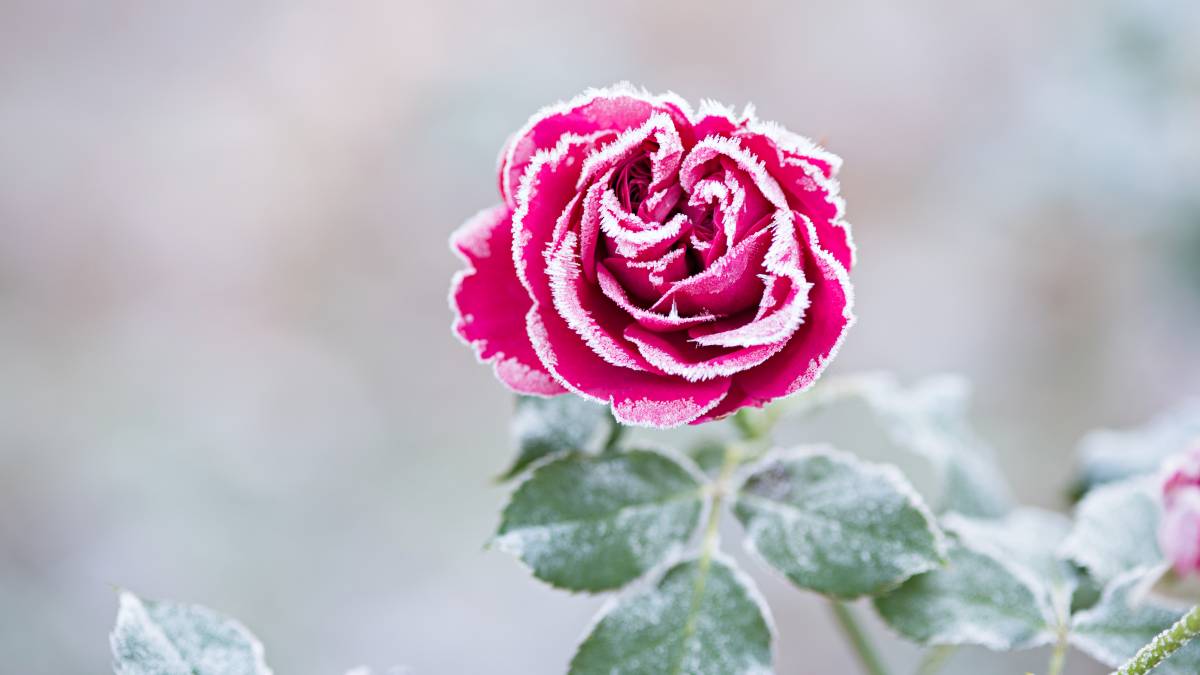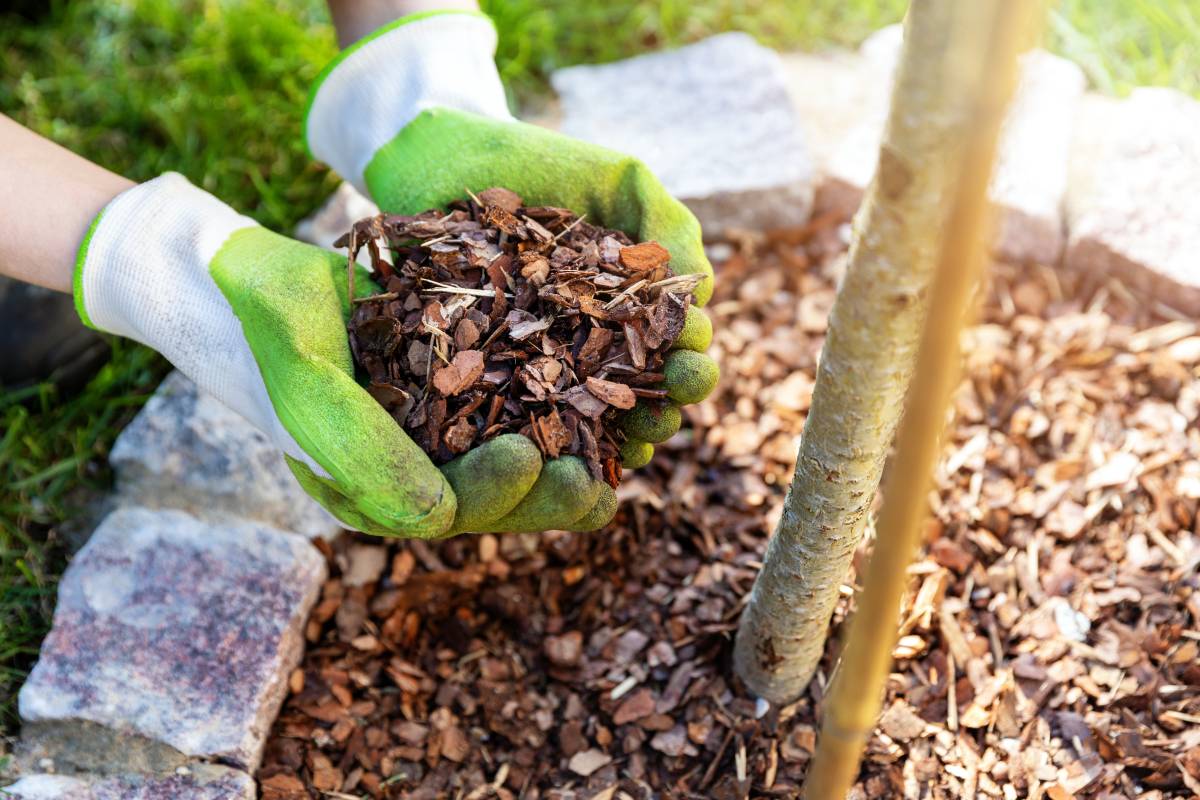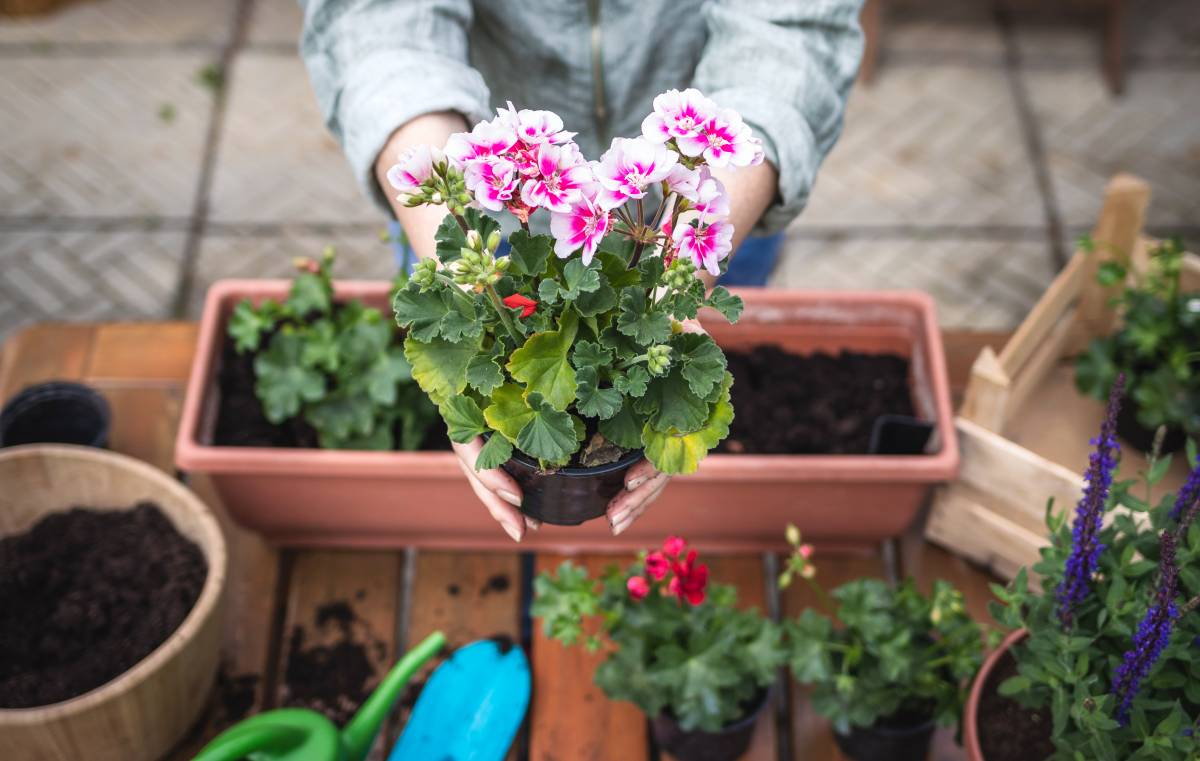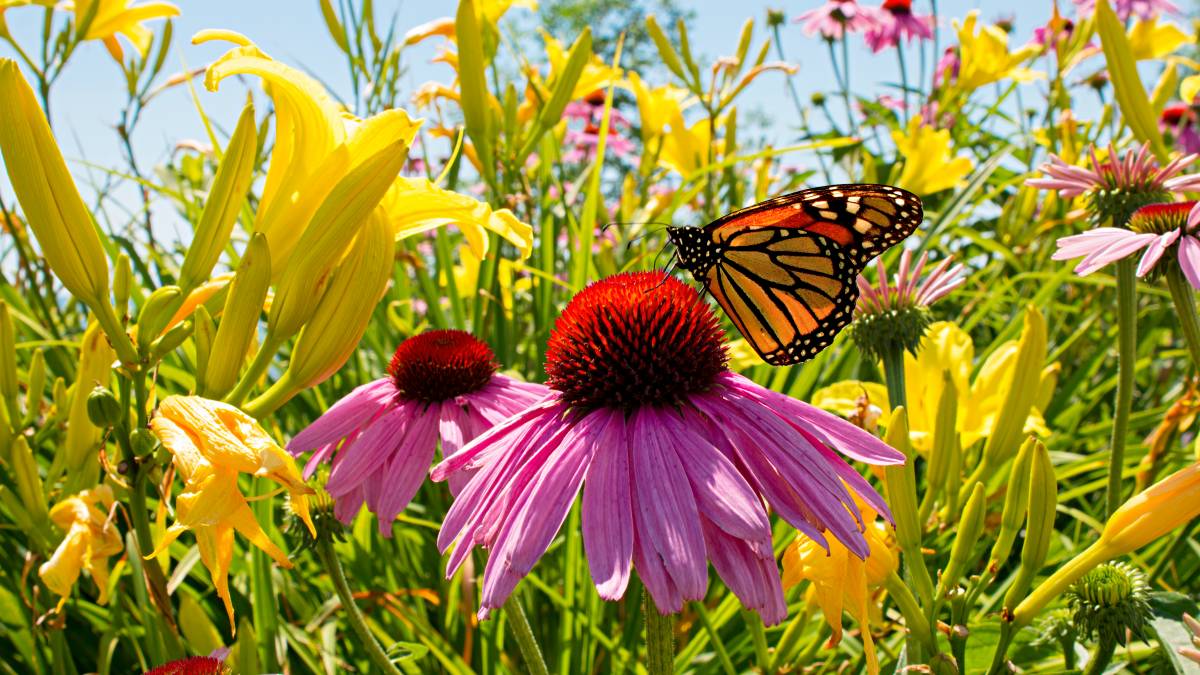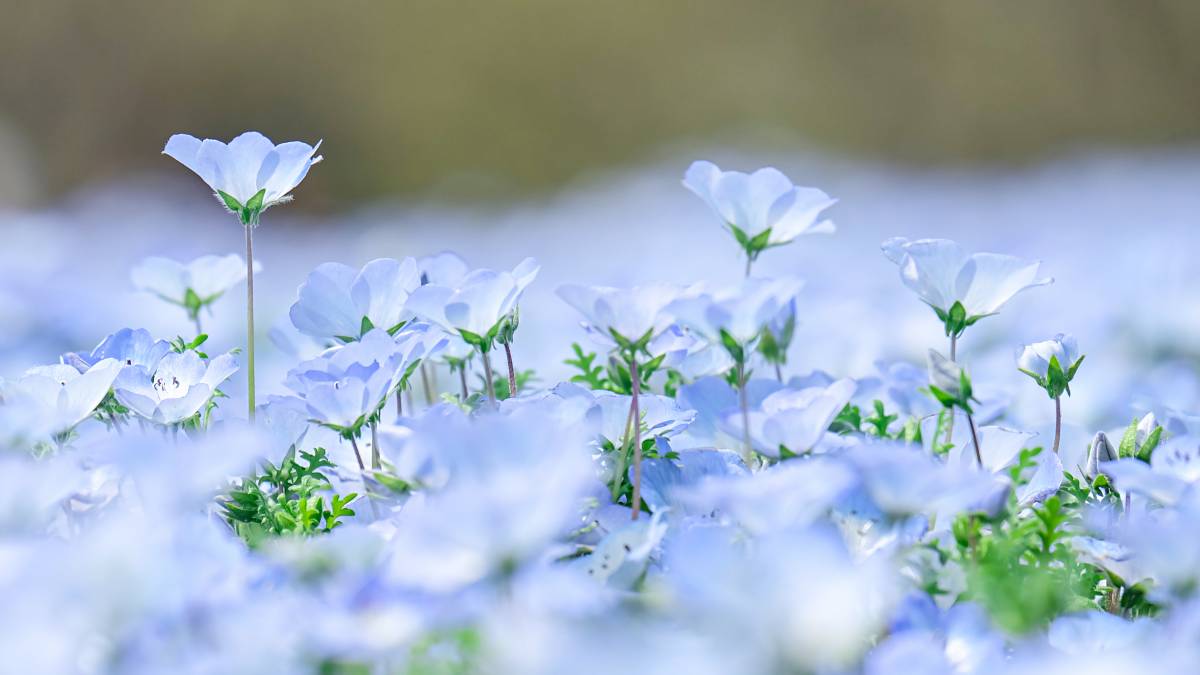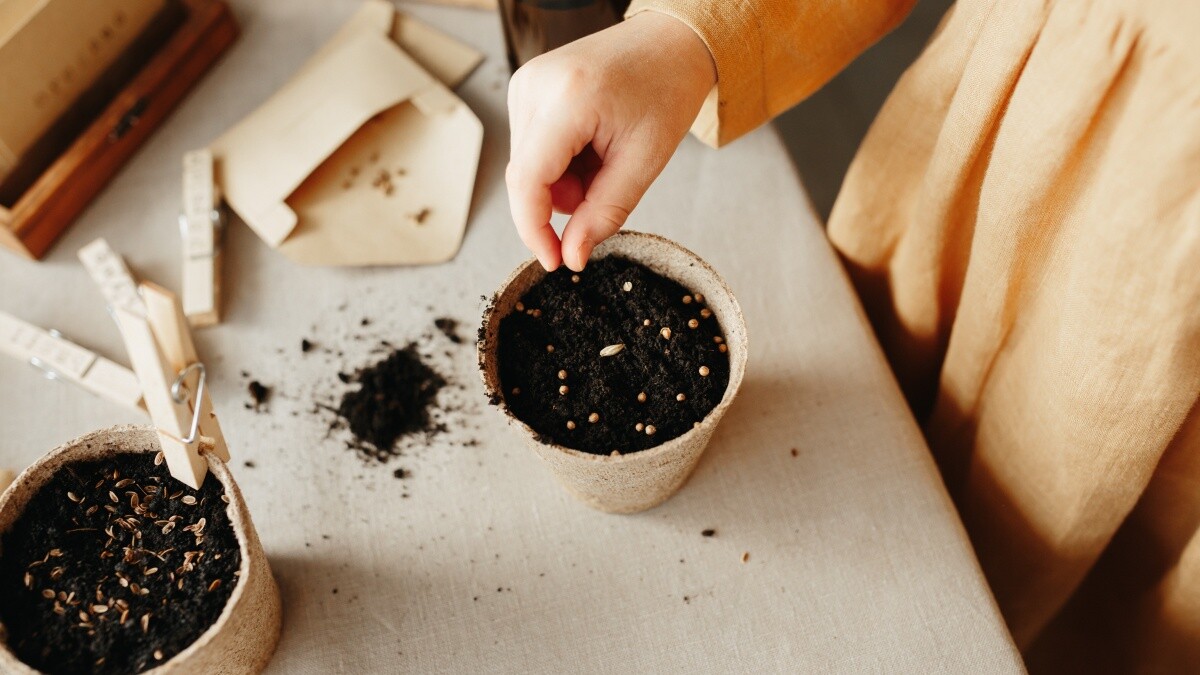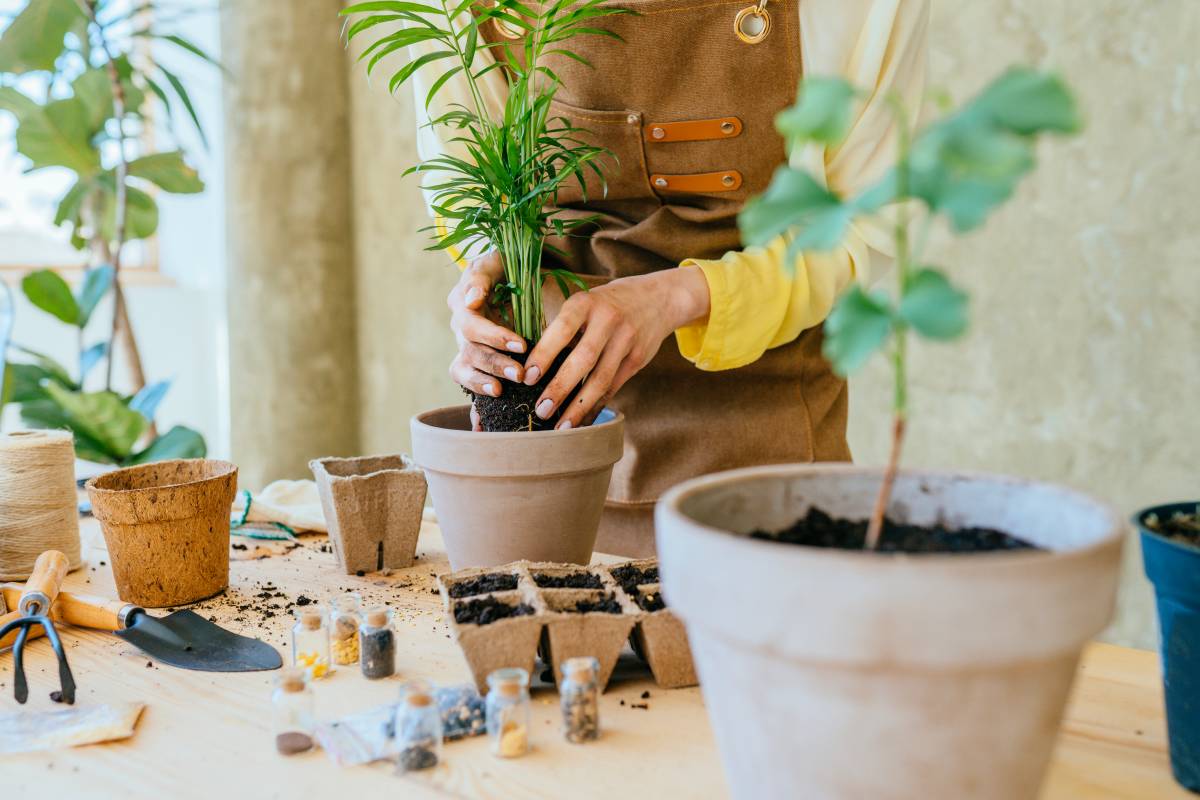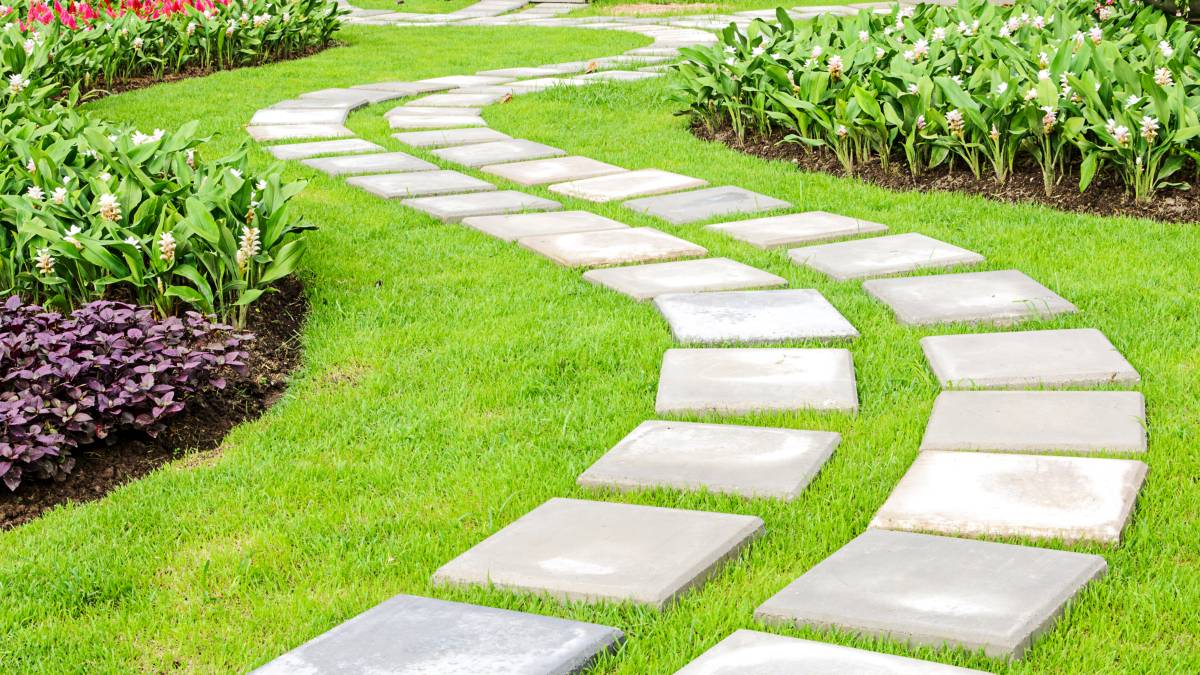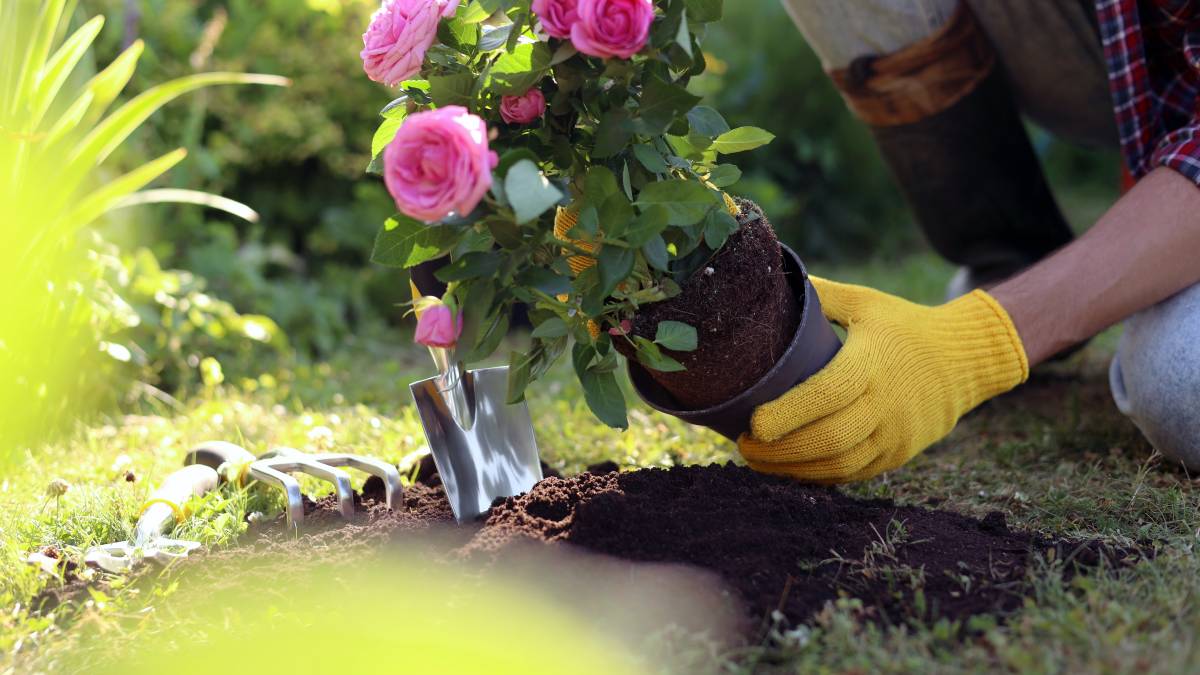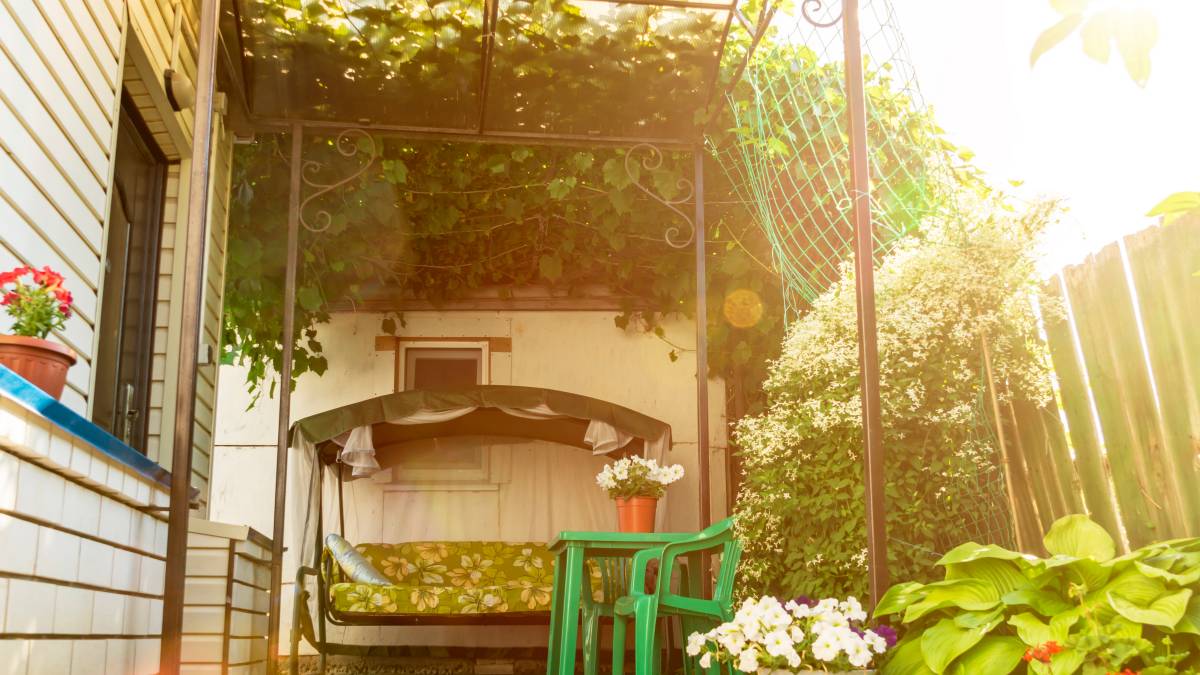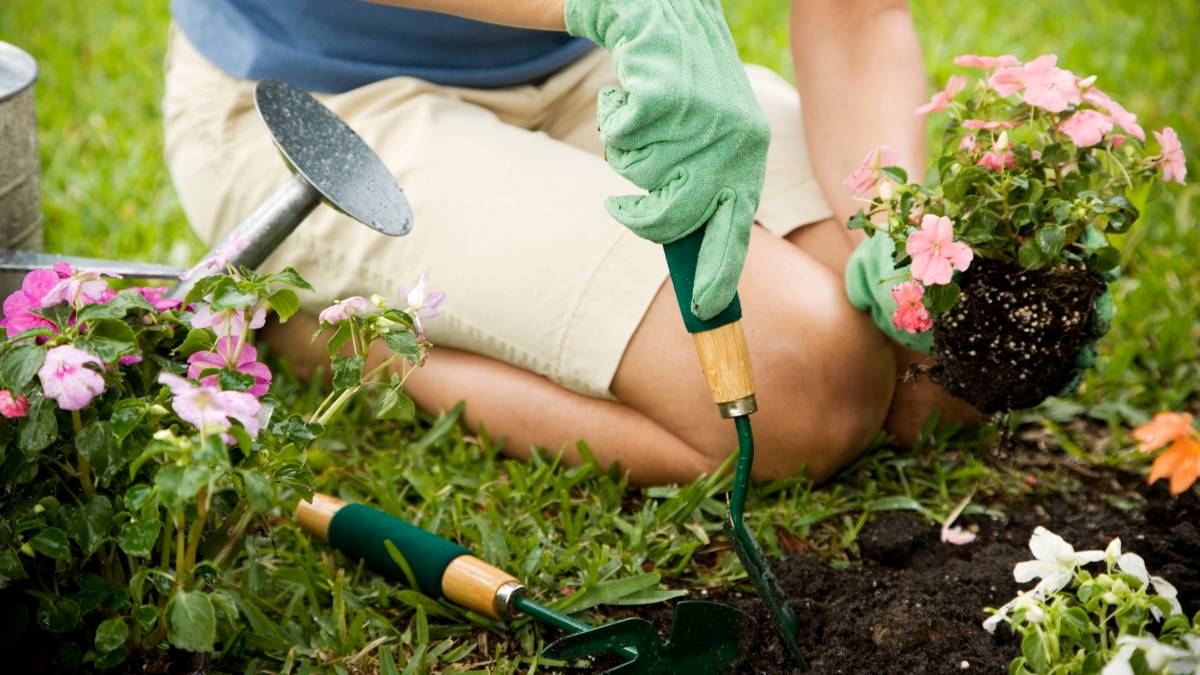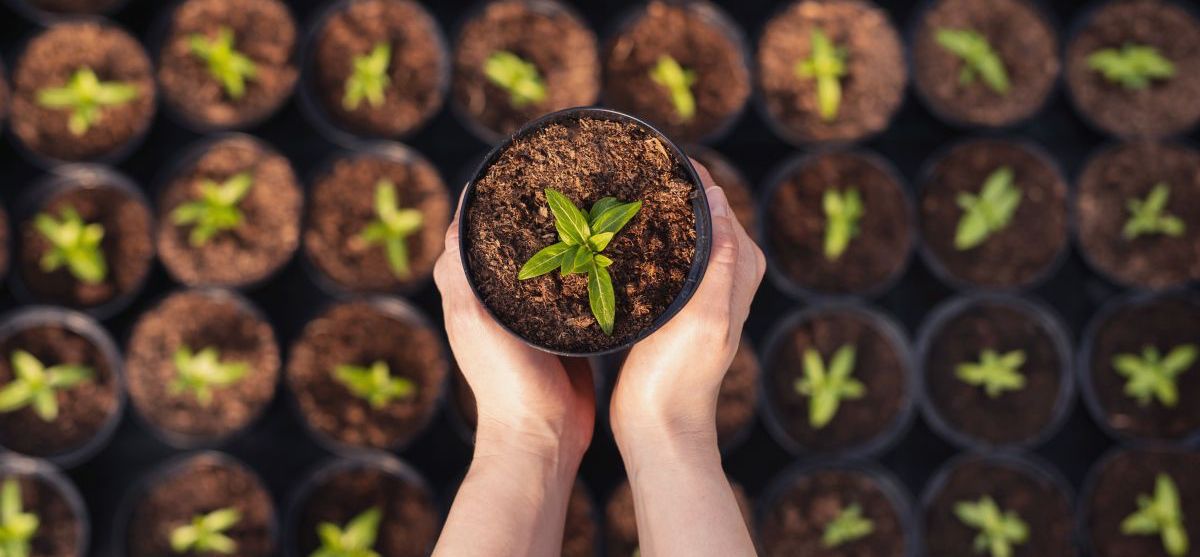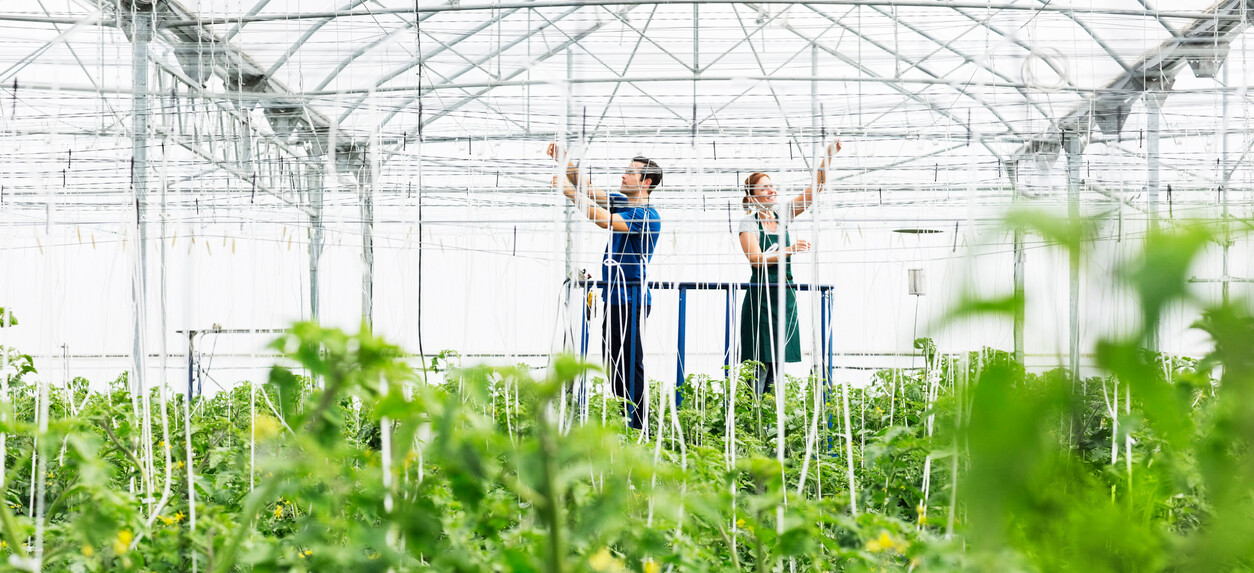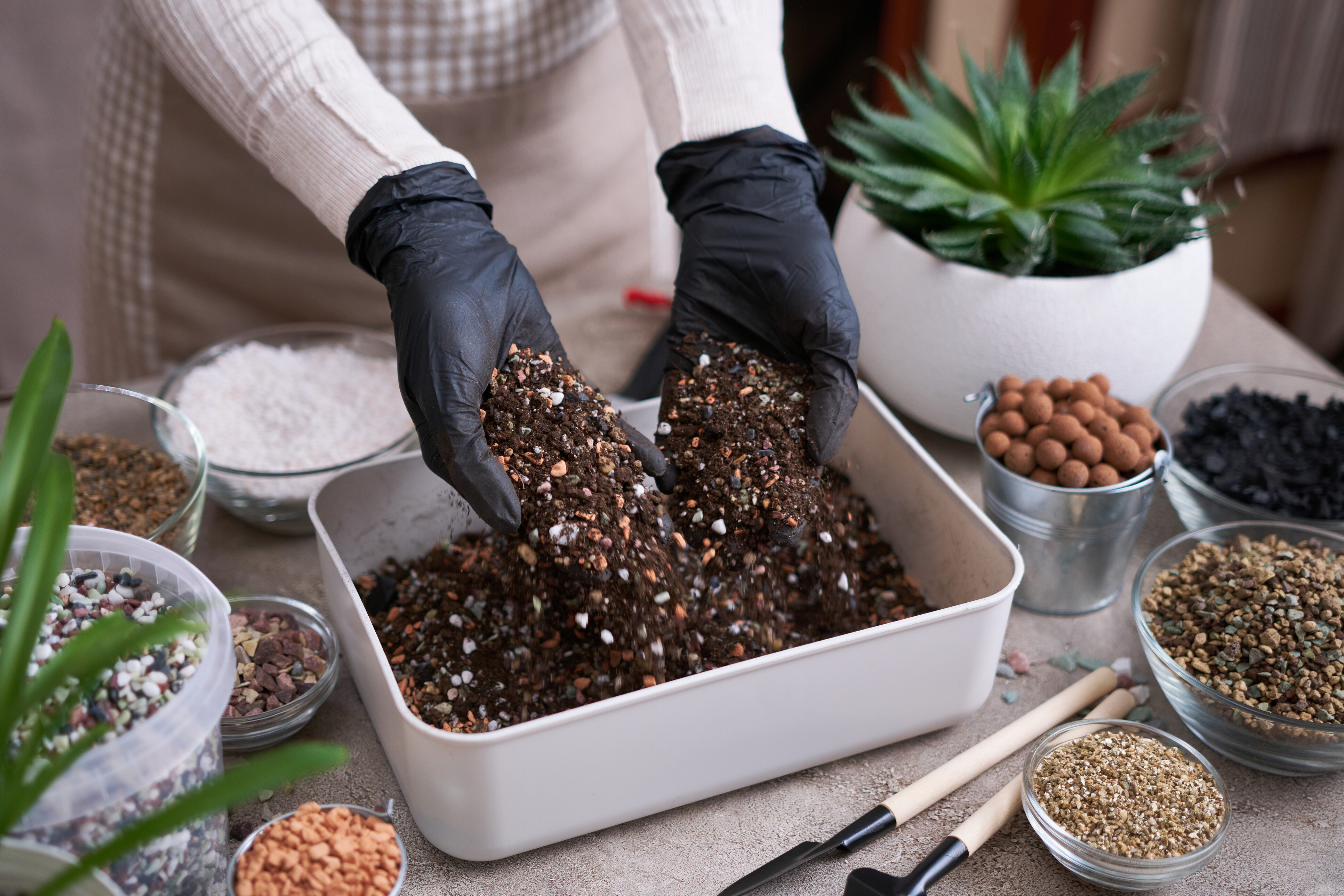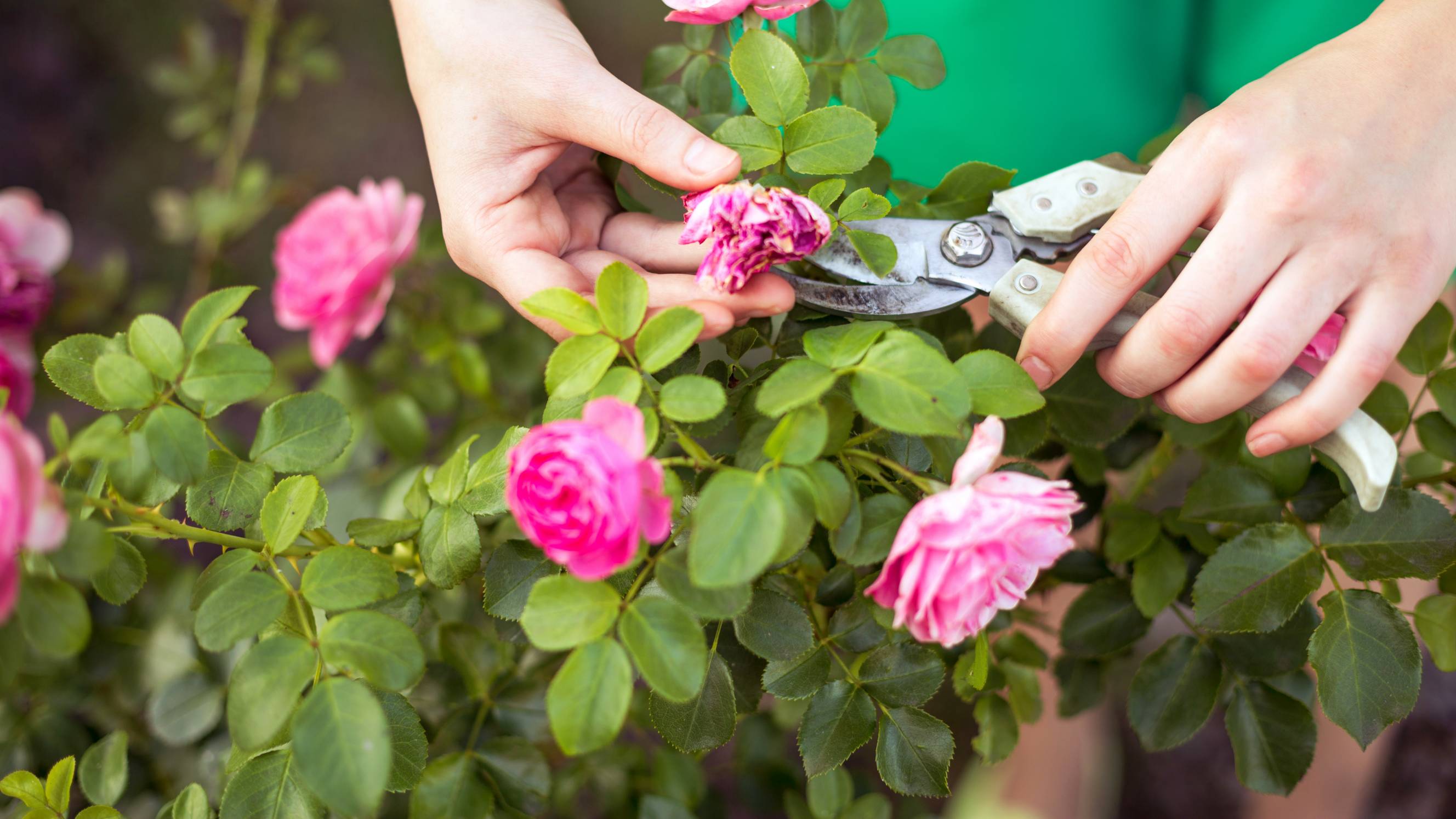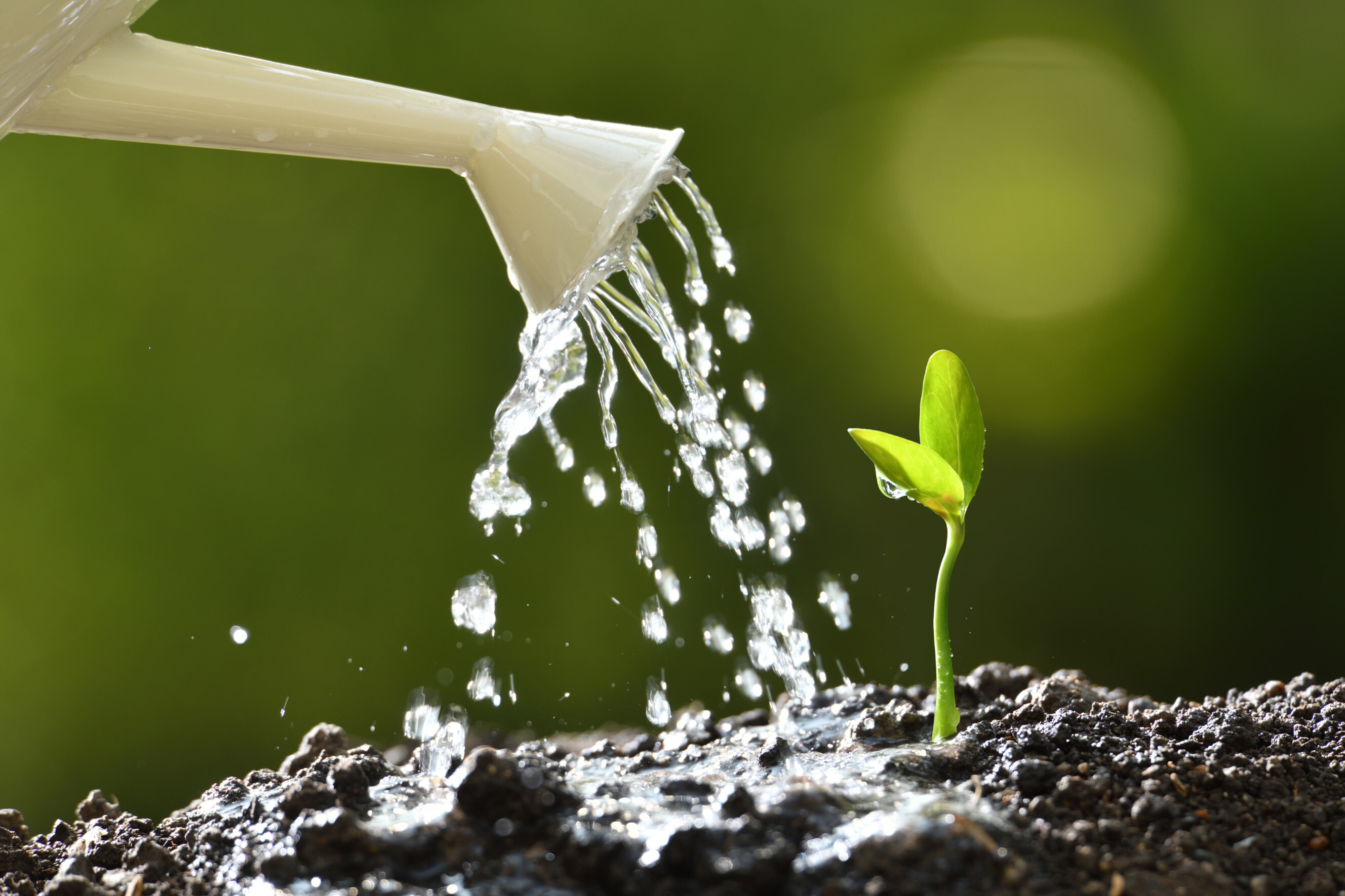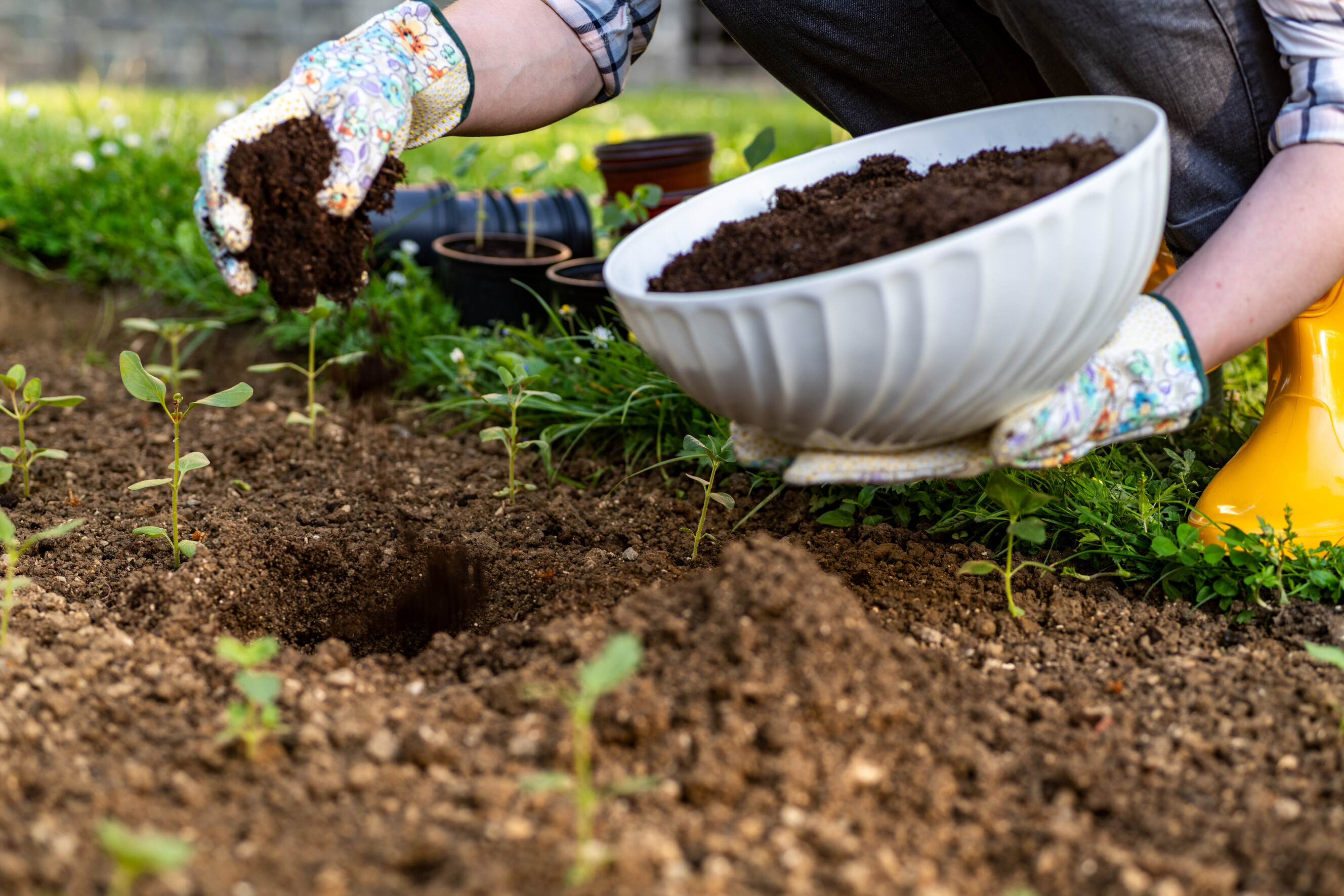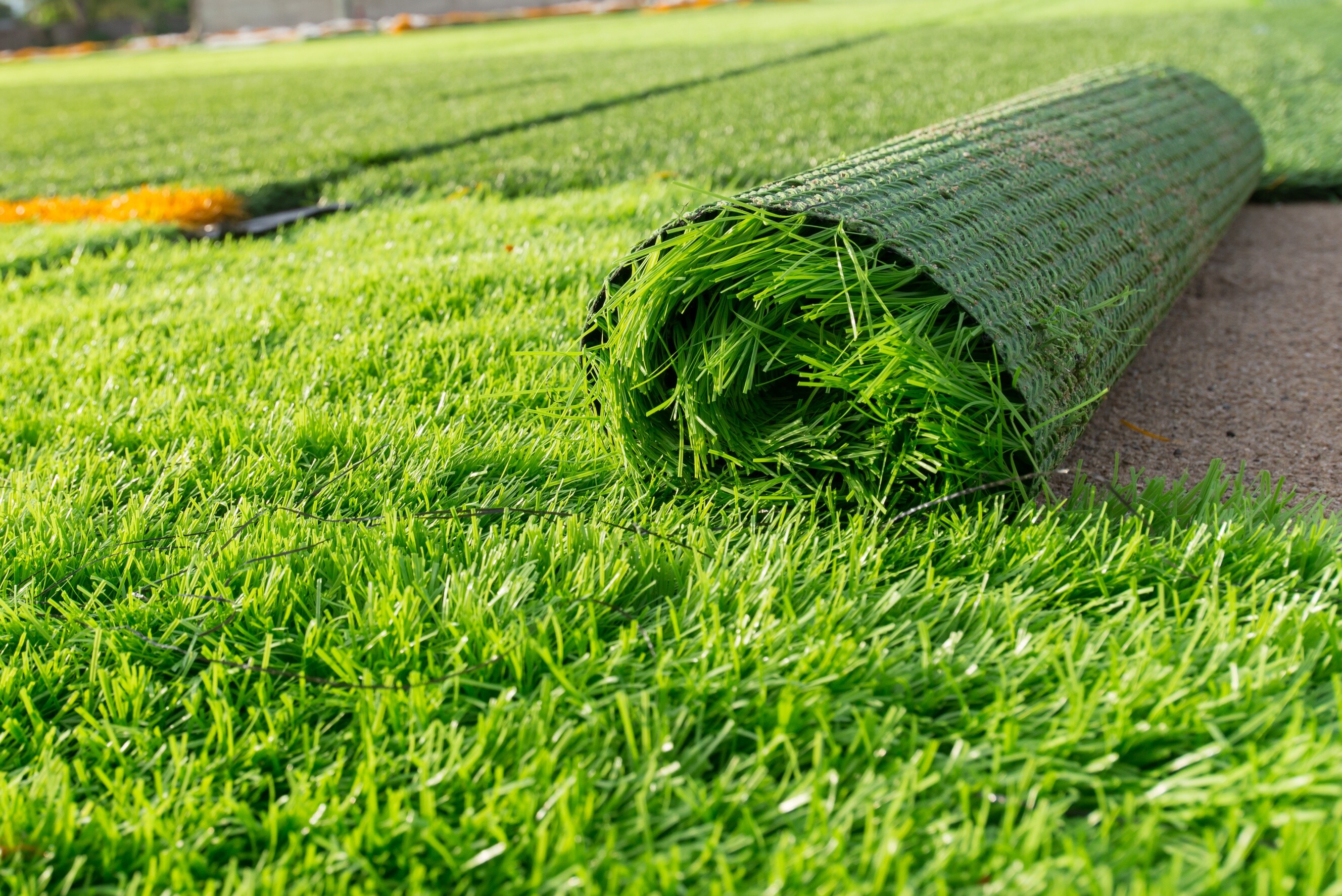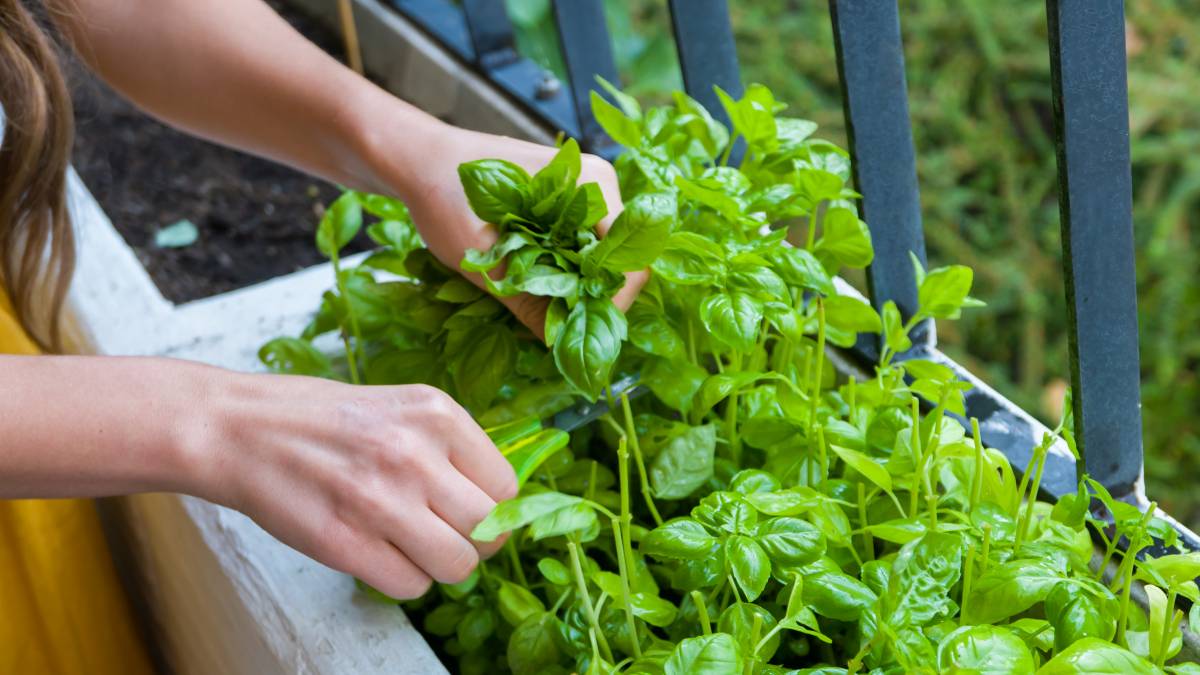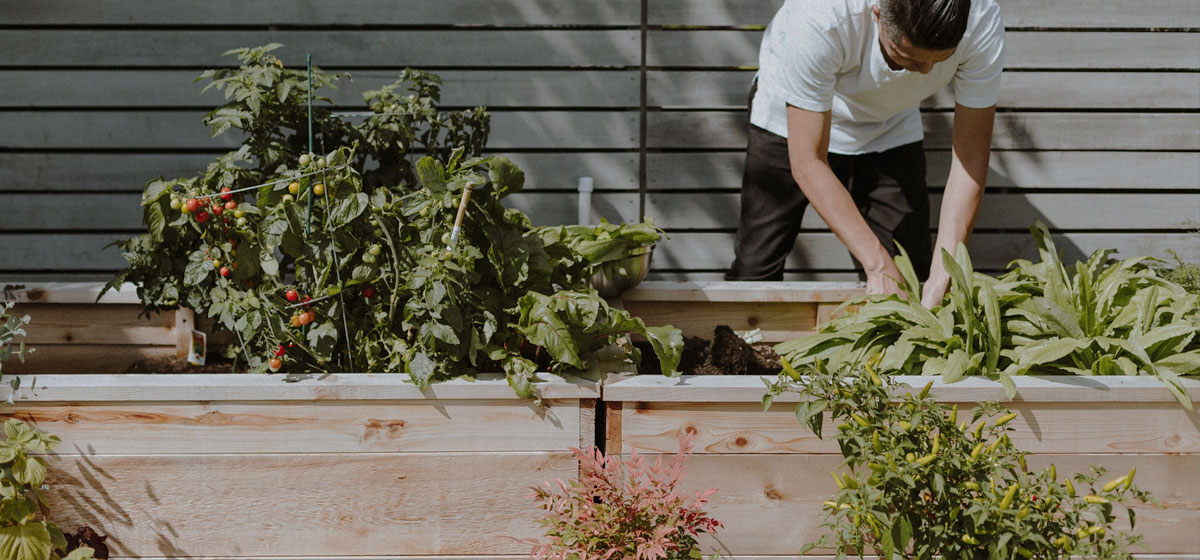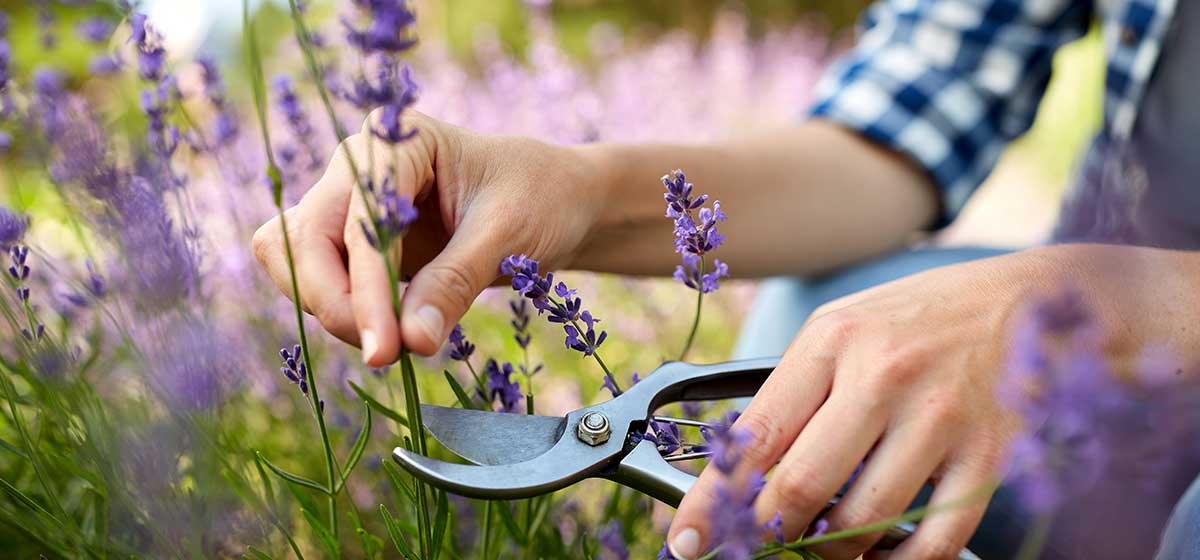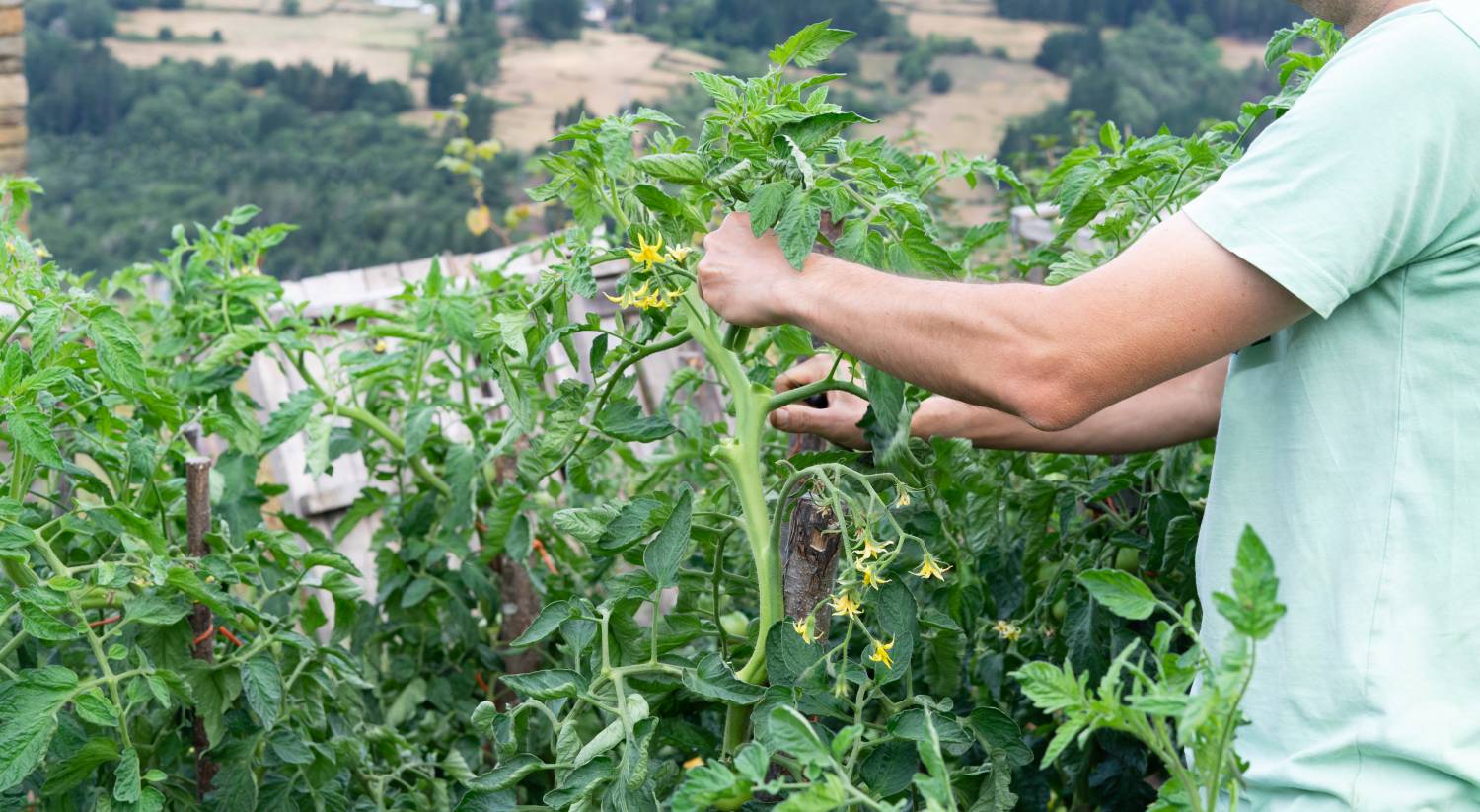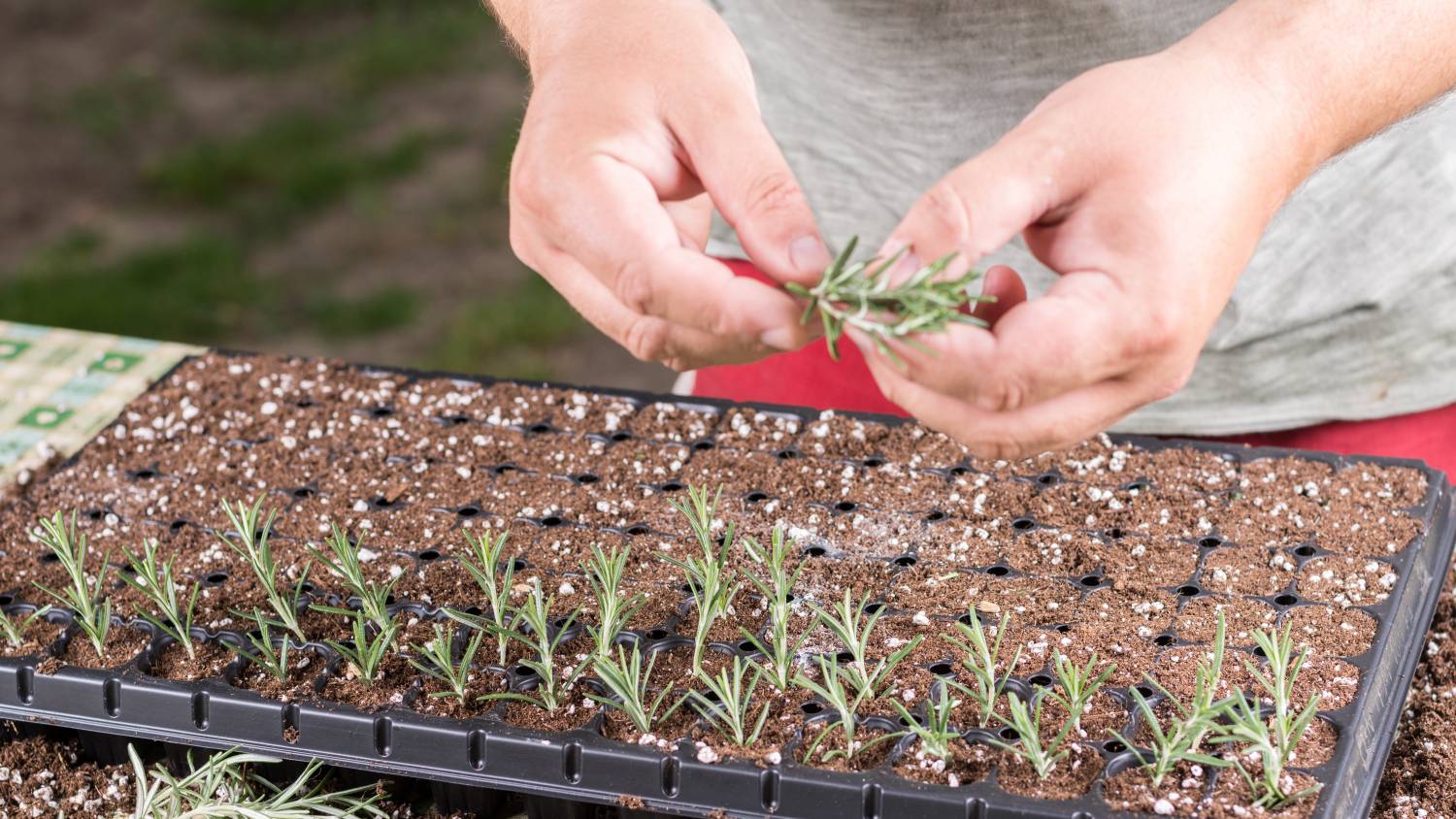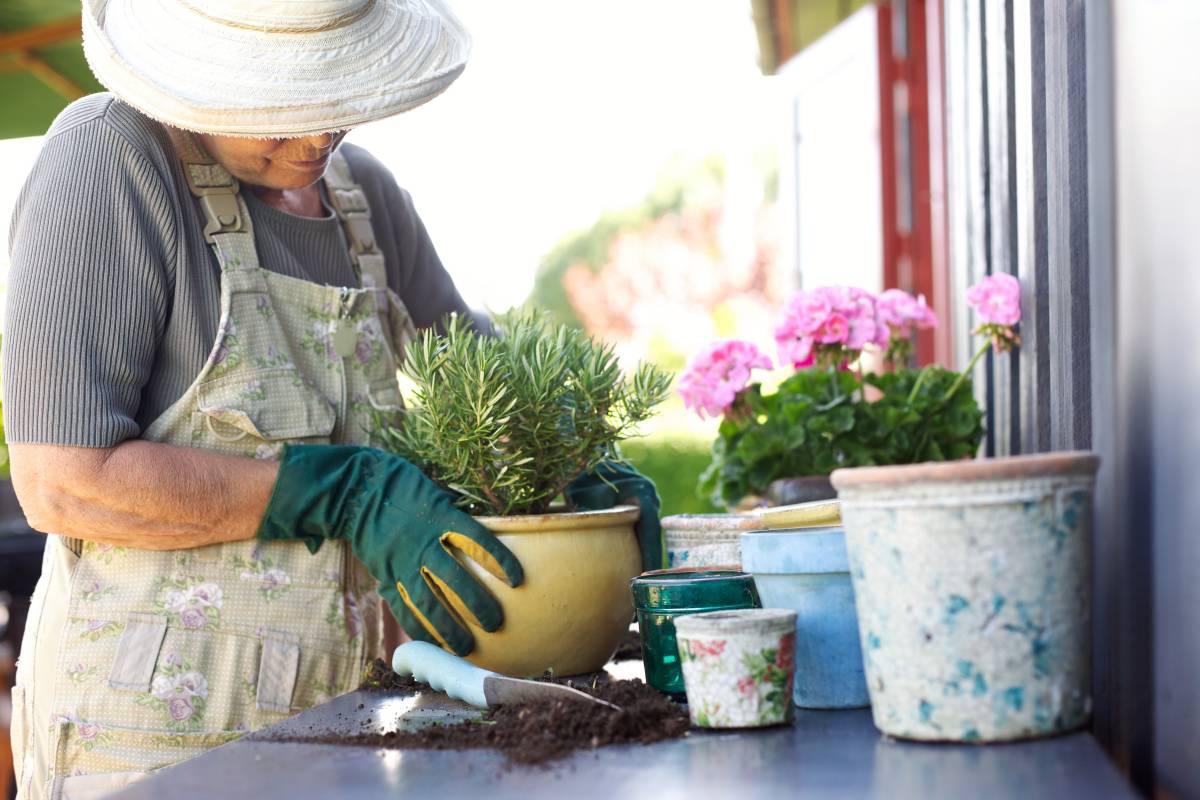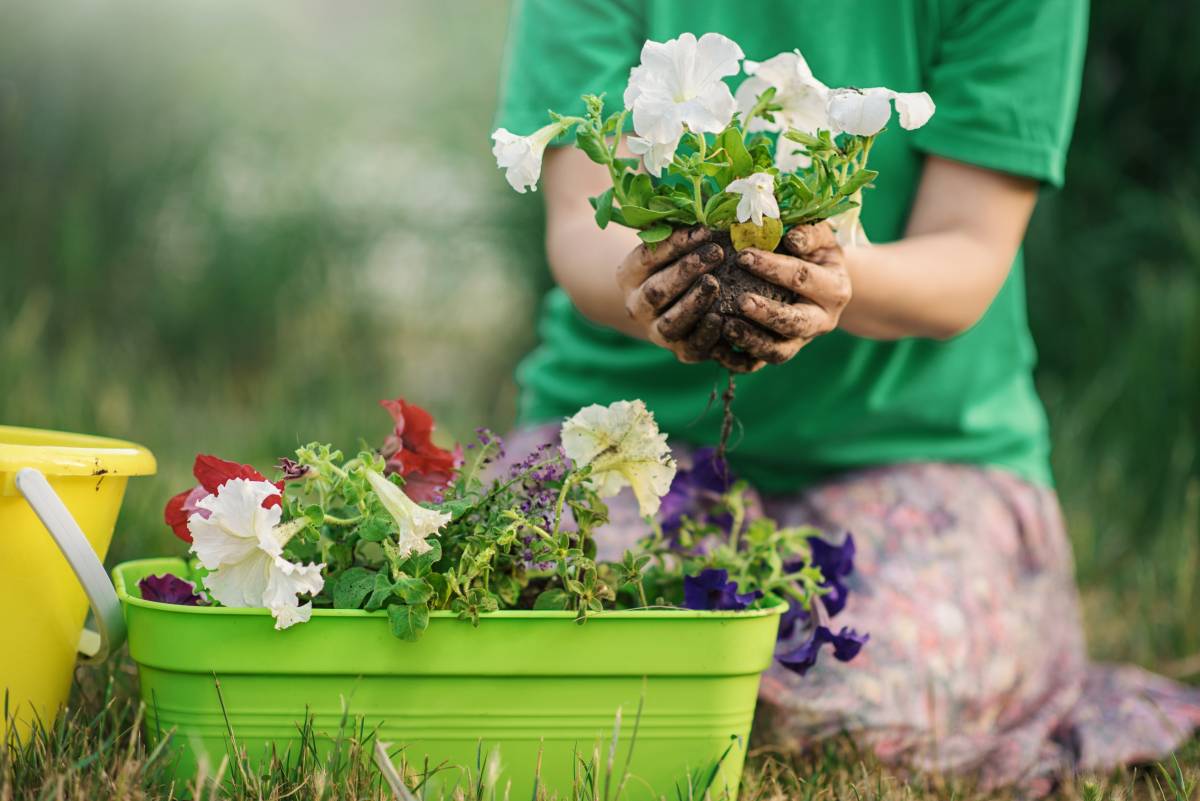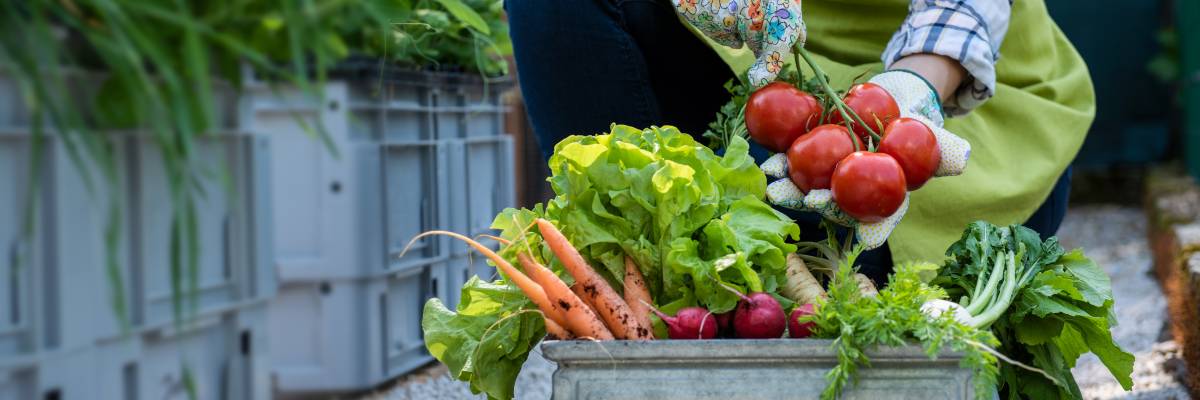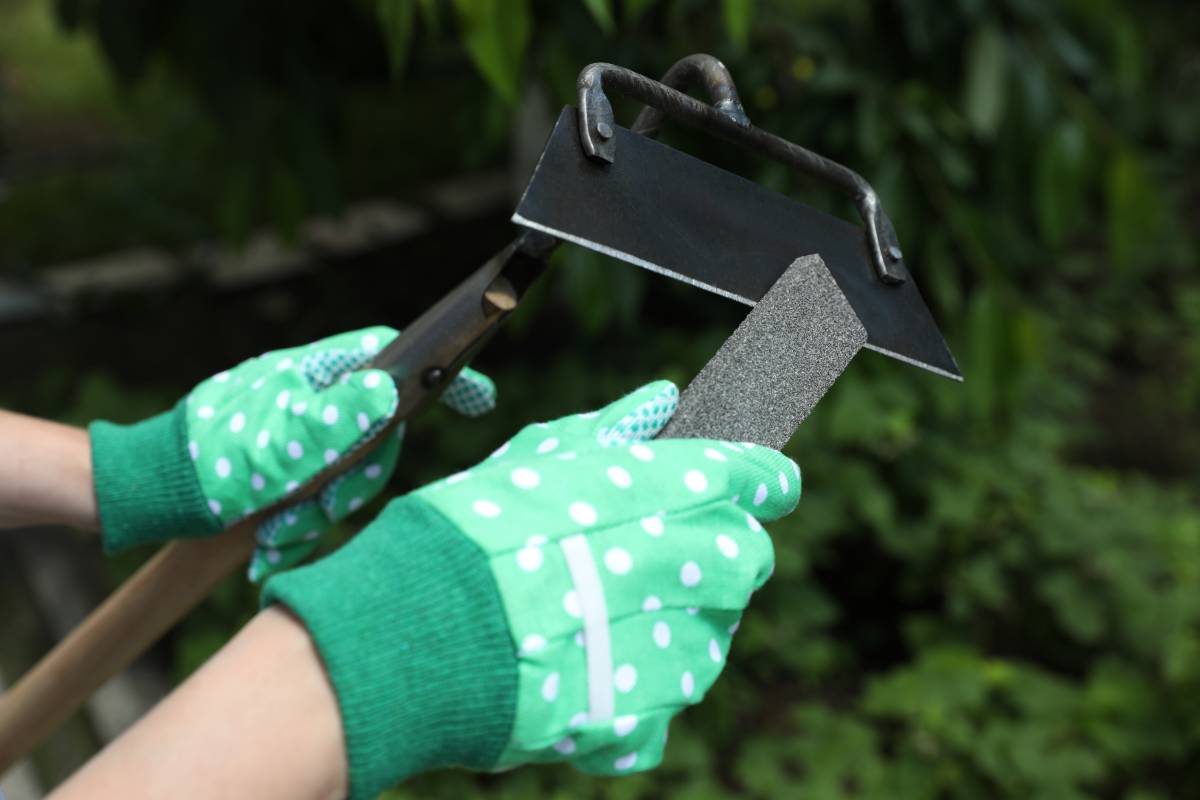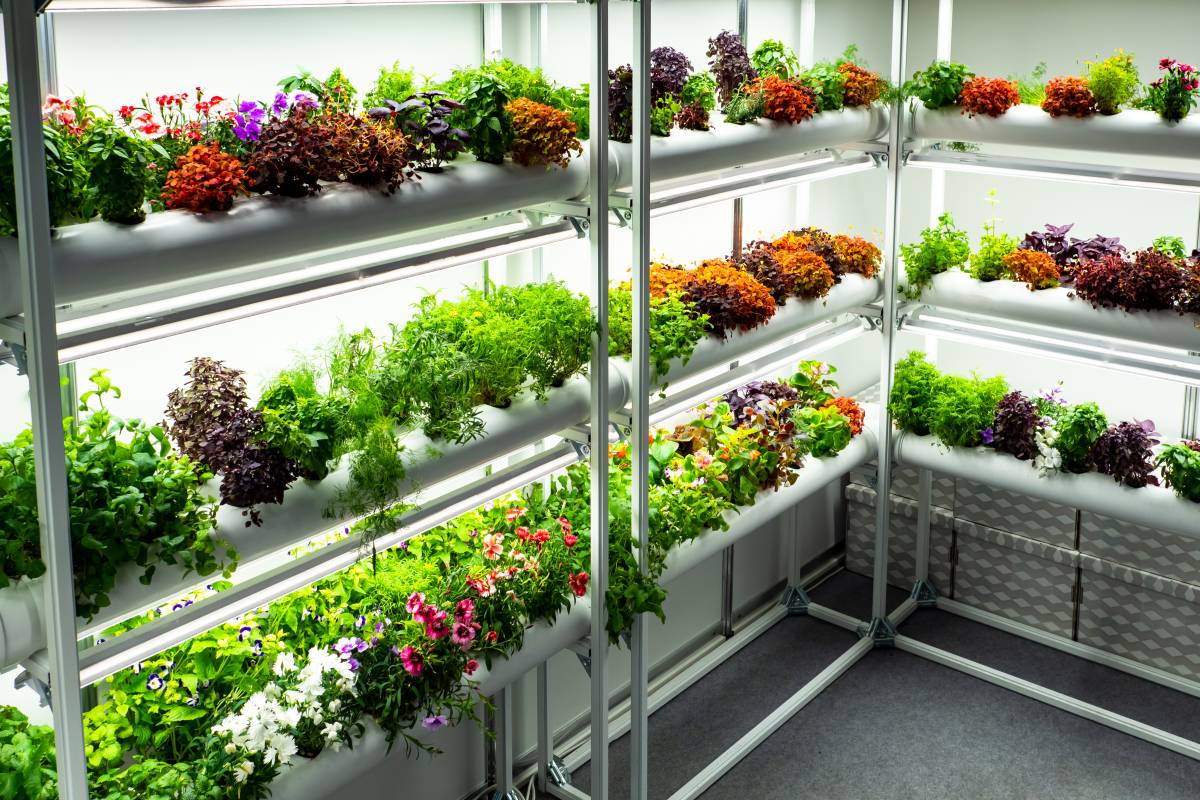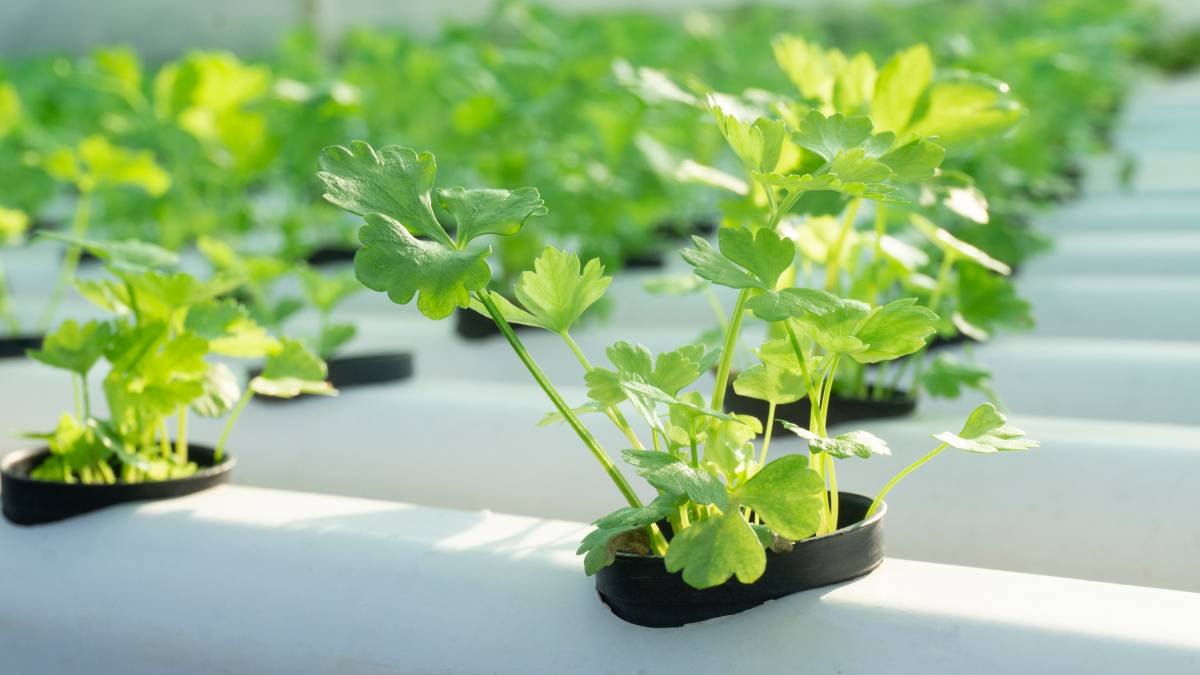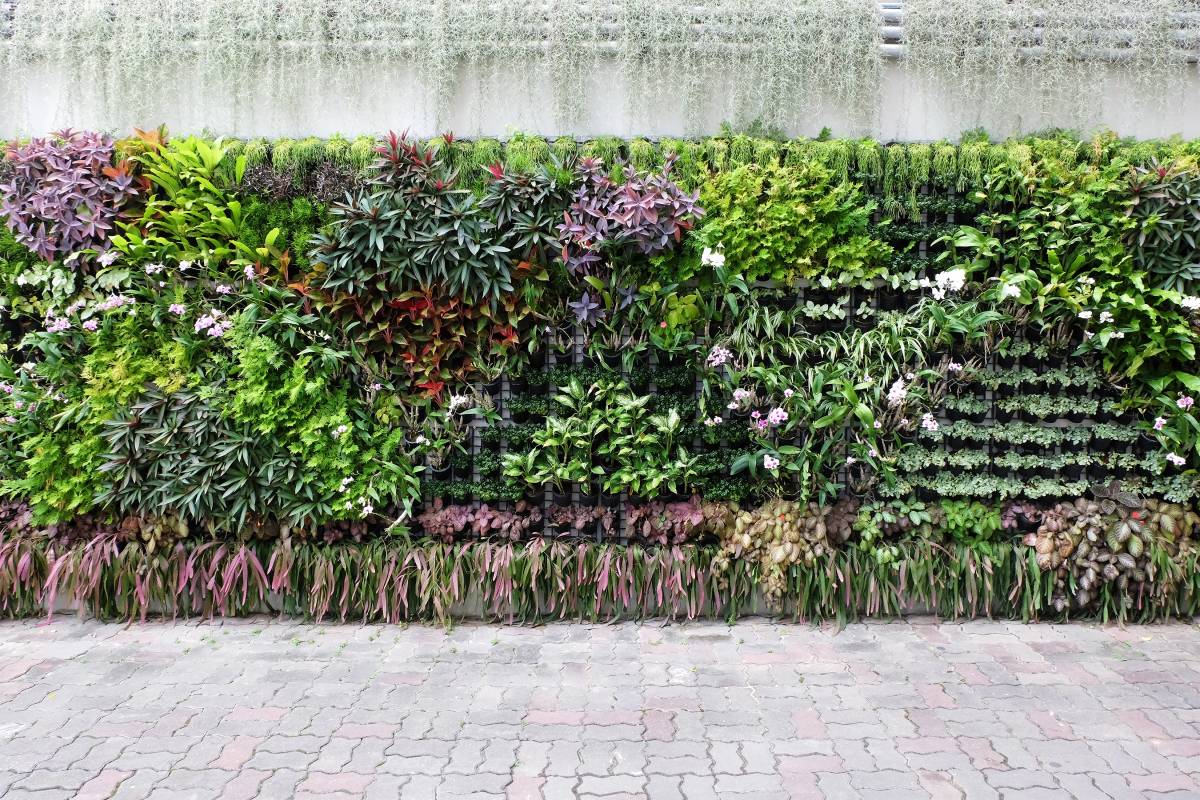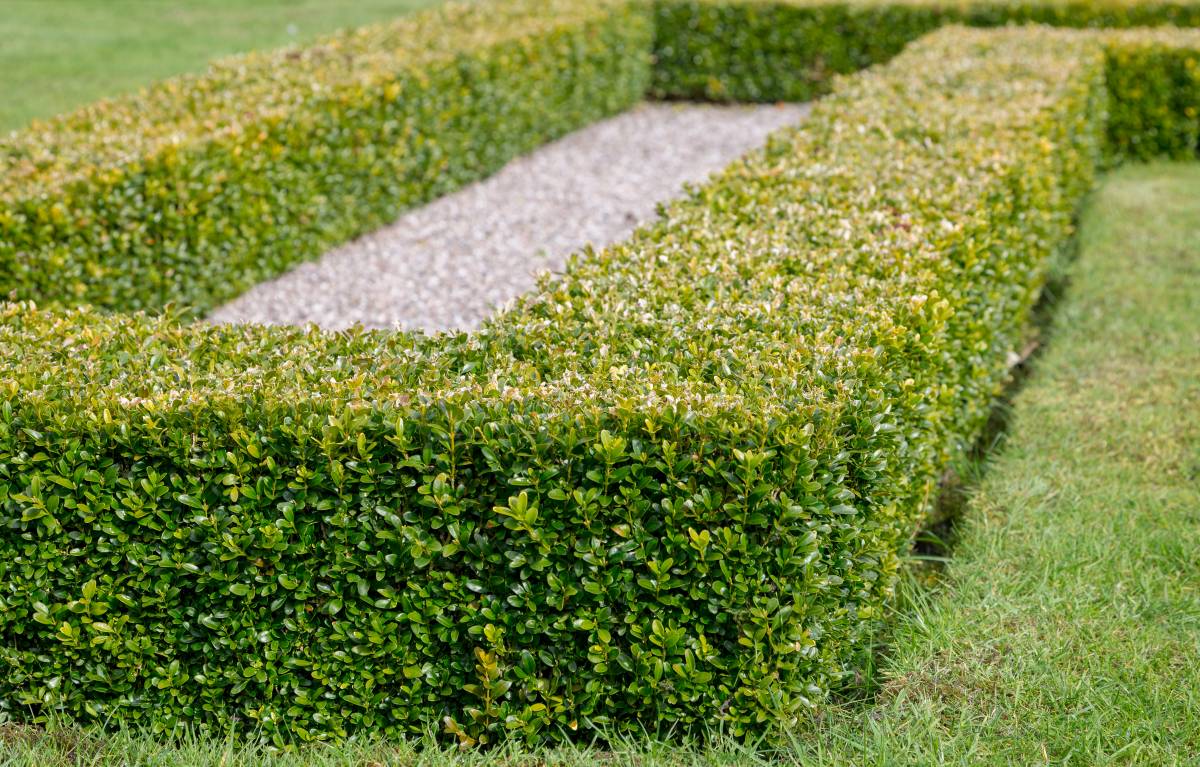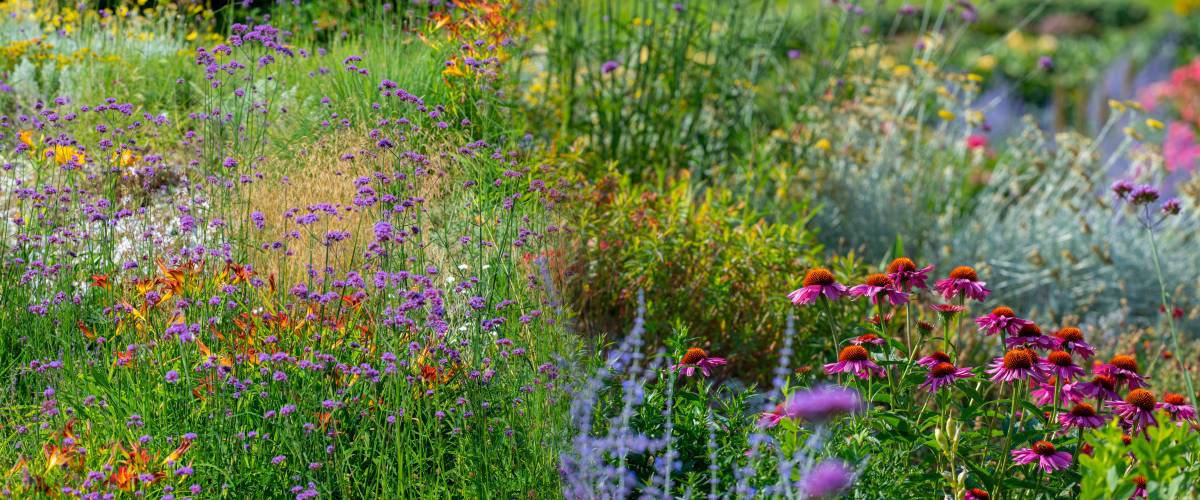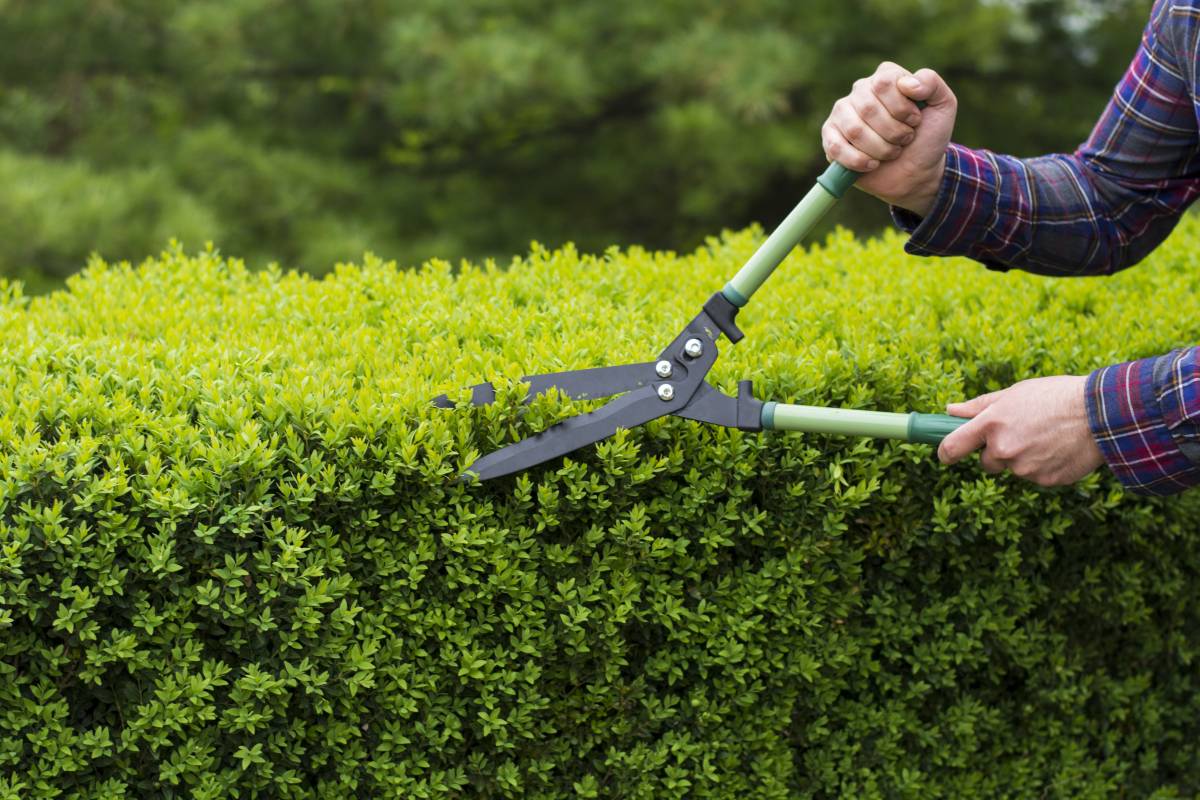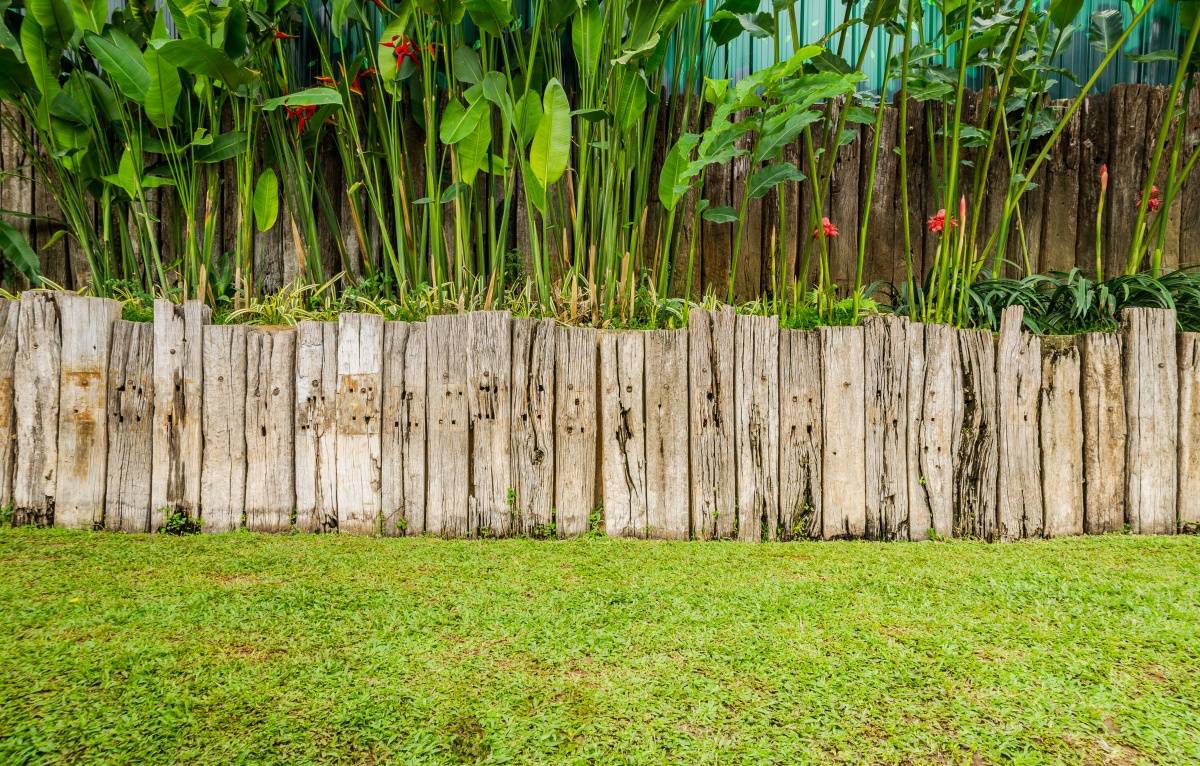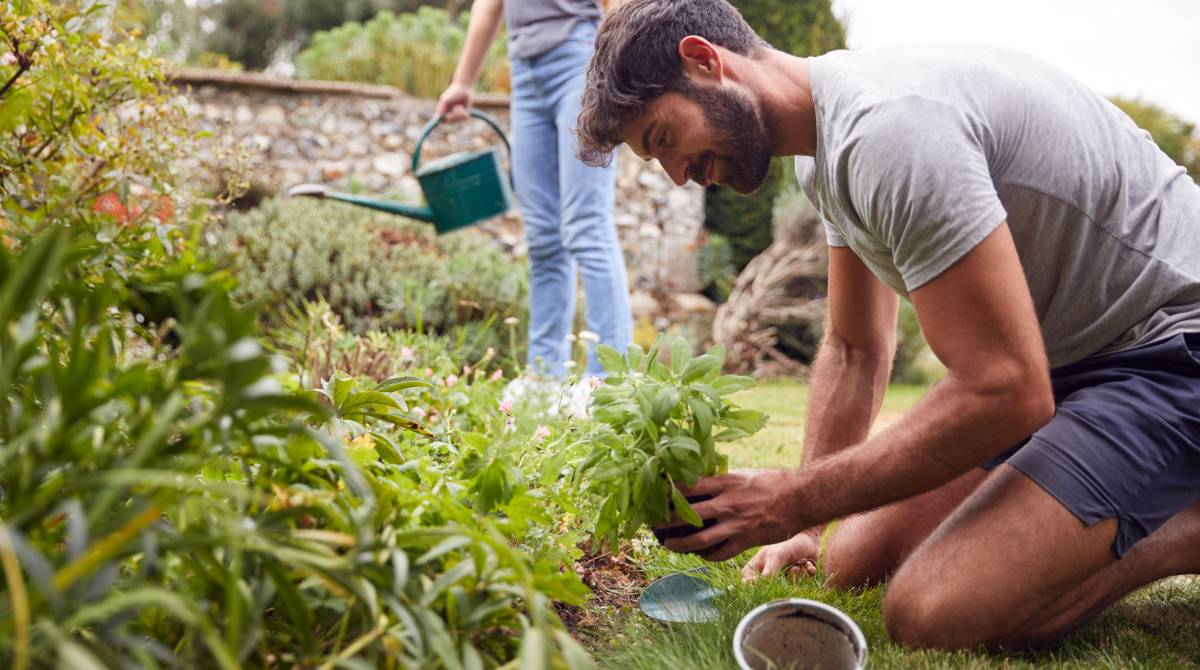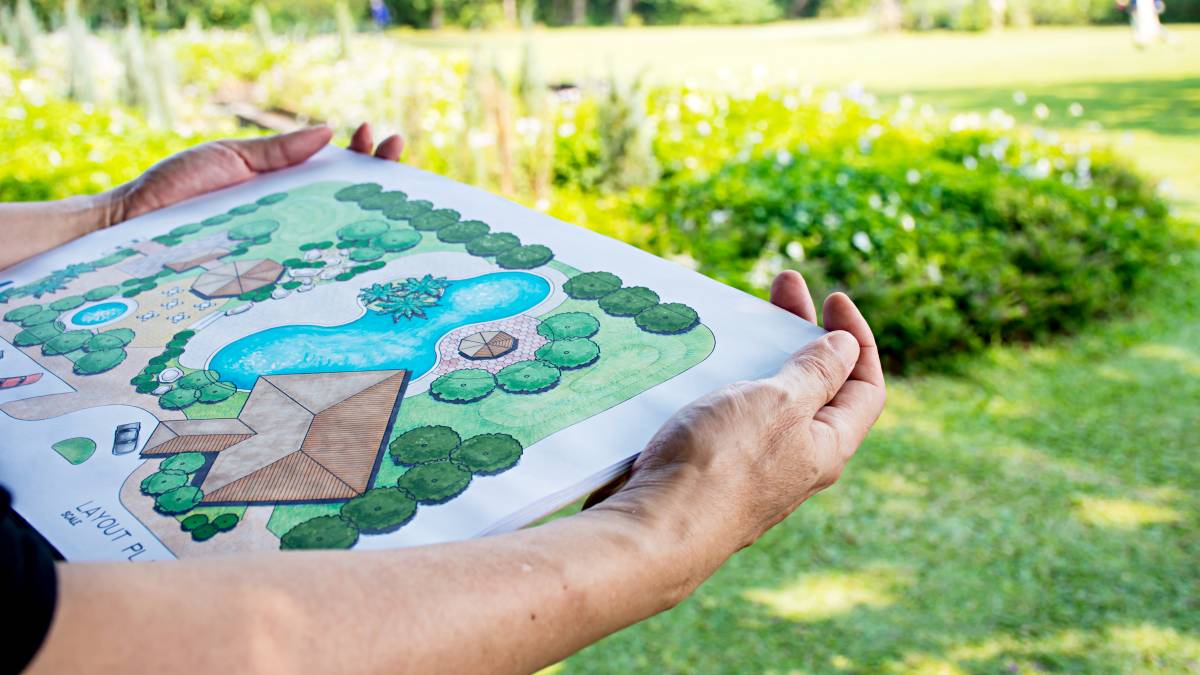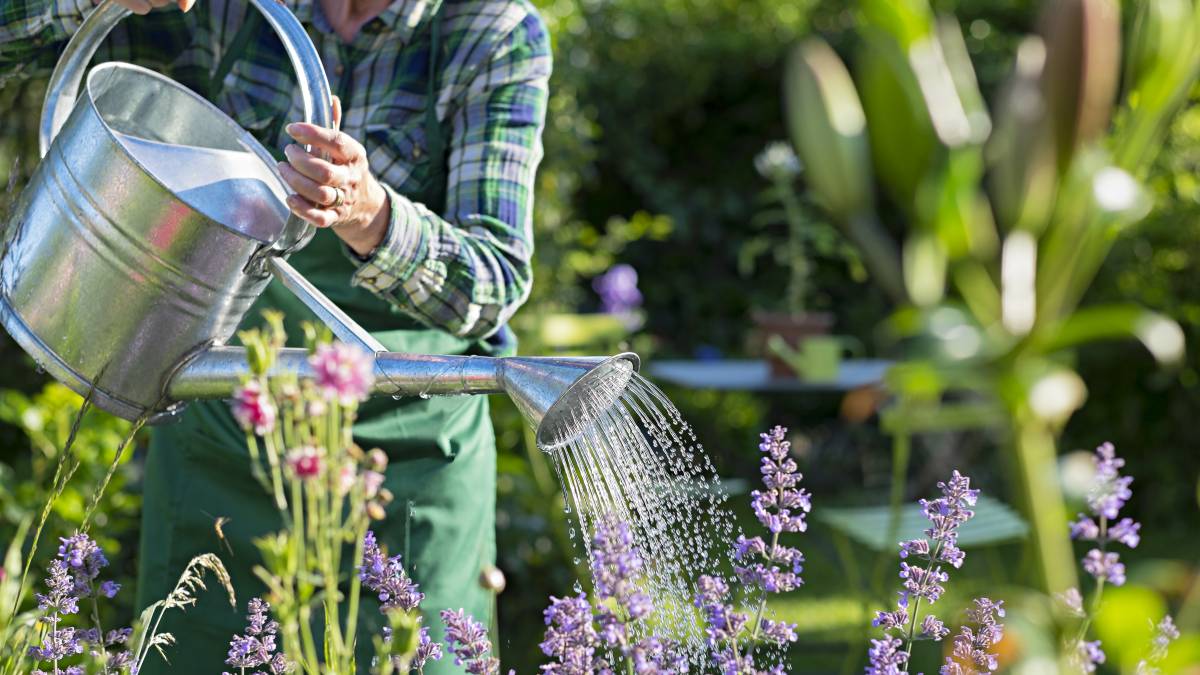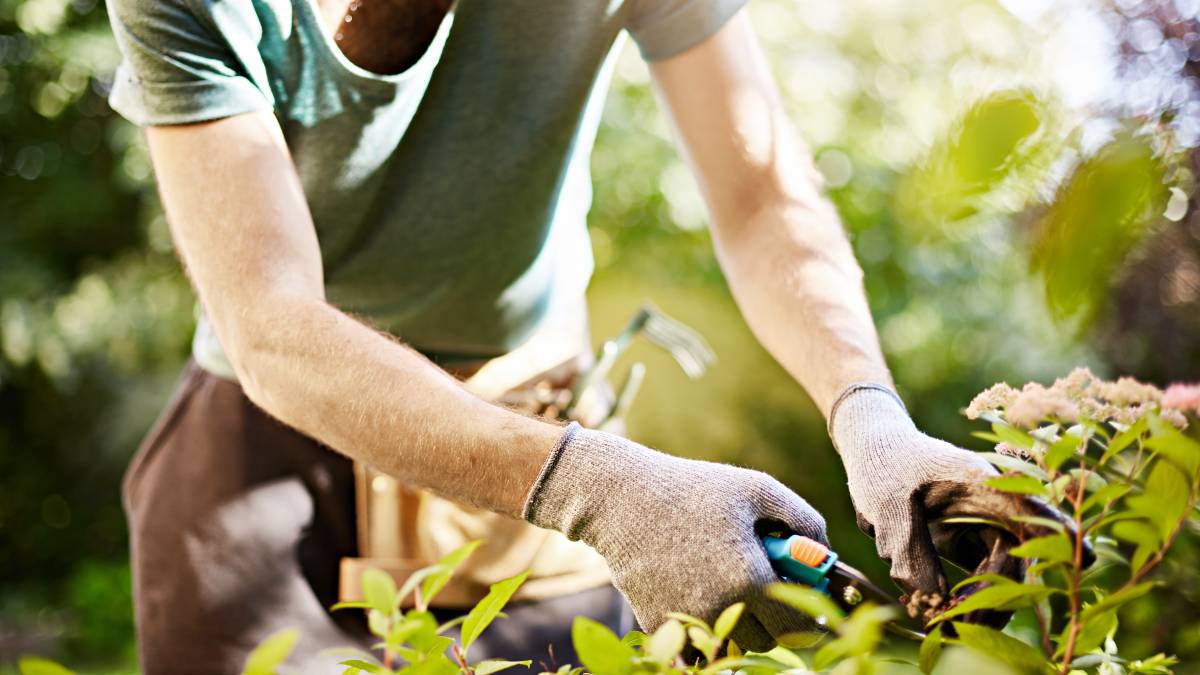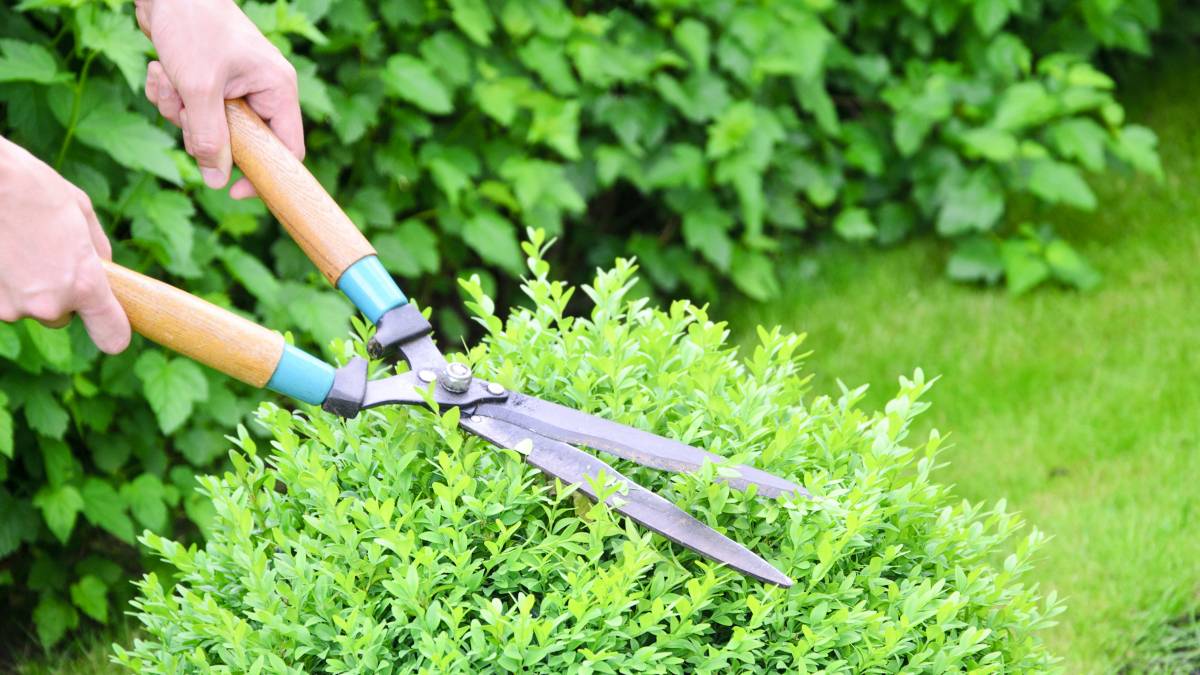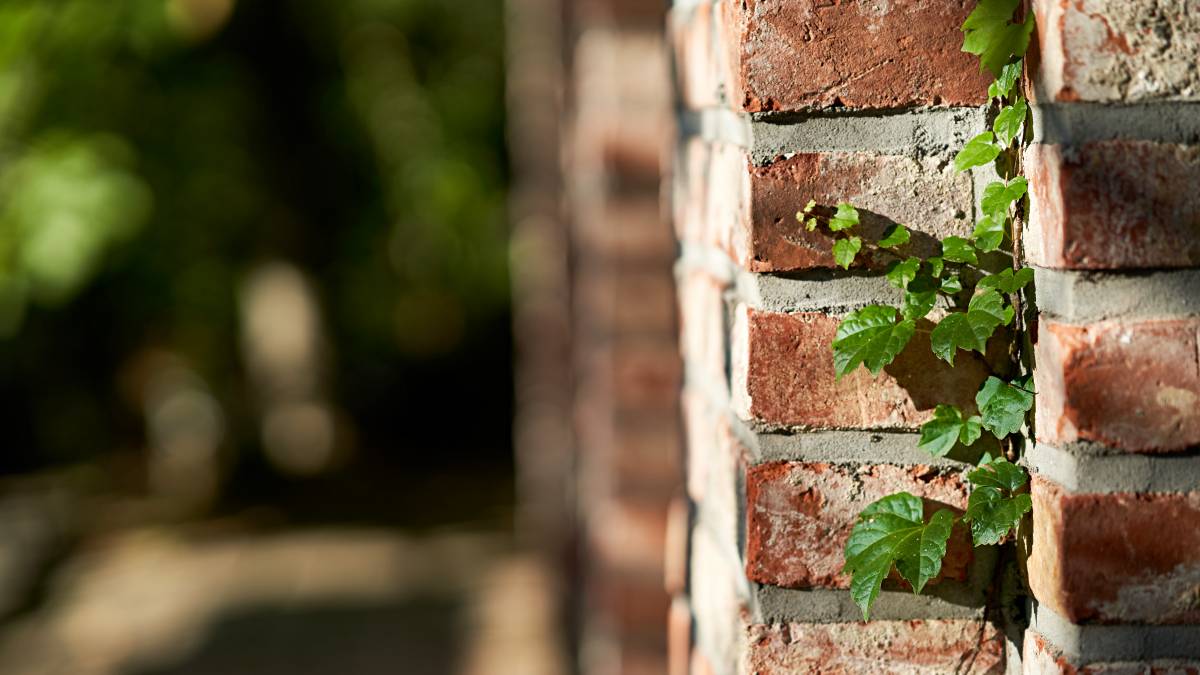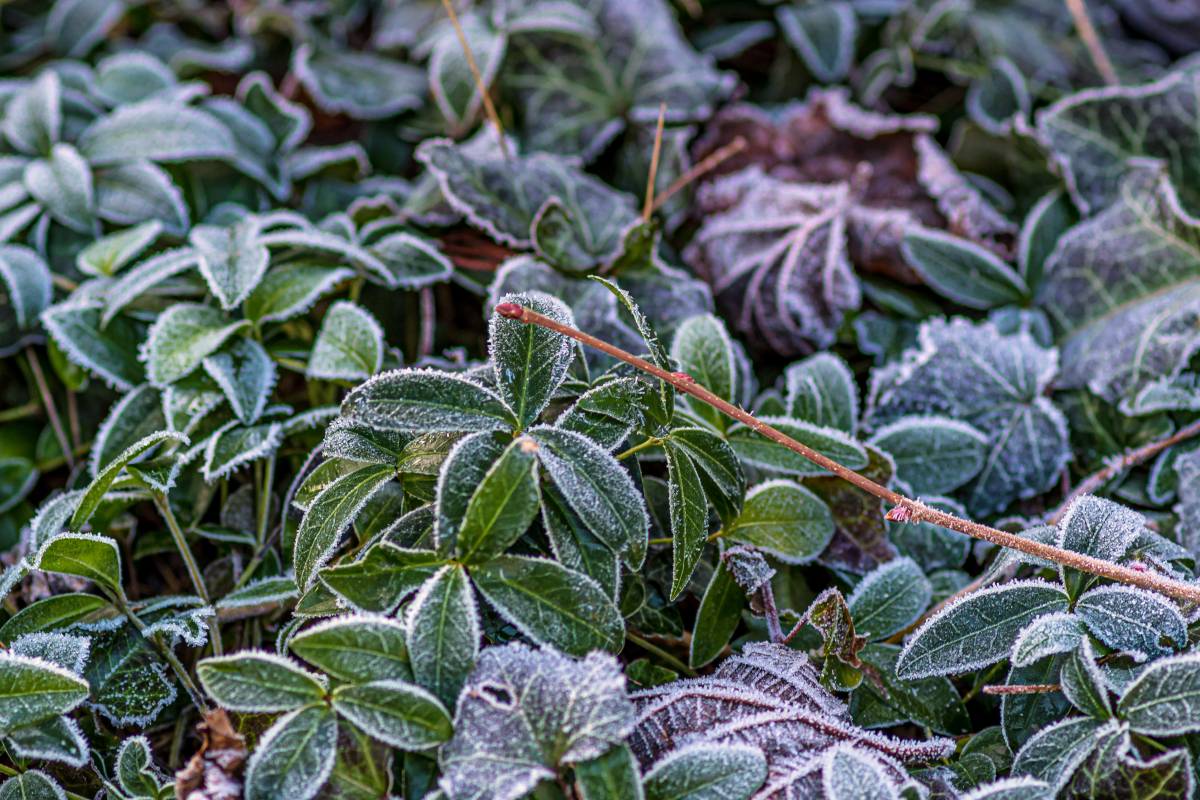
- Home/
- Guides/
- Garden Planting/
- First and Last Frost Dates
First and last frost dates (and why they matter)
Looking to tend to your garden this winter? Here's what you should know.
Last Updated on

Written by Chin S.
Staff Writer

Reviewed by Brad C.
Garden Maintenance Expert
Read more about our contributors
For any gardener, knowing the average first and last frost dates is essential. These dates help you plan when to plant and harvest, ensuring your plants thrive while avoiding potential frost damage.
The first signs of spring can be difficult for many gardeners who are starting their seed plan. Knowing when to plant is a great way to avoid any issues and prepare for them.
In many cases, this means getting plants in the ground when the average last frost date passes. This will change based on your area, but it is a crucial first step to ensure you enjoy a successful spring garden.
What is a frost date in gardening?
A great way to prevent damage to your plants and flowers is by understanding when to plant. A frost date refers to when temperatures drop to 32°F or lower, which is cold enough to harm or kill plants. The last frost date in spring marks the end of the cold season and signals a good time to start planting.
In most cases, you should wait until the average last frost date has passed before putting plants in the ground. This date varies by region but is a crucial first step for a successful garden. Read on to understand more about frost dates and why they are important.
What are the average first and last frost dates by zone?
The last frost date refers to the final spring frost, while the first frost date signals when frost typically returns in fall. These dates vary depending on your location, elevation, and whether you're in an urban or rural area. Cities tend to warm up faster in spring, causing their frost dates to be earlier than those in rural areas.
To determine your frost dates, use the USDA Plant Hardiness Zone Map, which provides region-specific climate data.
| Zone | Last Frost Date | First Frost Date |
|---|---|---|
1 |
May 22 – June 4 |
August 25-31 |
2 |
May 15-22 |
September 1-8 |
3 |
May 1-16 |
September 8-15 |
4 |
April 24 – May 12 |
September 21 – October 7 |
5 |
April 7-30 |
October 13-21 |
6 |
April 1-21 |
October 17-31 |
7 |
March 22 – April 3 |
October 29 – November 15 |
8 |
March 13-28 |
November 7-28 |
9 |
February 6-28 |
November 25 – December 13 |
10-13 |
No freeze |
No freeze |
By getting the timing right, your initial plantings will be protected from cold temperatures, ensuring they have the best chance to survive.
| Also read: How to protect plants from frost |
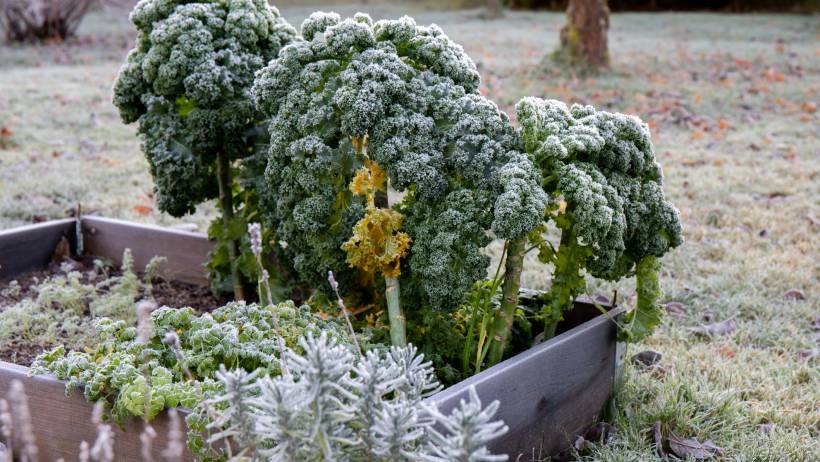 Vegetables standing strong against winter chill. (Source: iStock)
Vegetables standing strong against winter chill. (Source: iStock)
How does the last frost affect vegetables?
The last frost date is critical for determining when to plant your vegetable garden. During spring, nighttime temperatures can still be too cold for many plants.
Some hardy vegetables like lettuce, carrots, cabbage, spinach, and radishes can tolerate lower temperatures. However, warm-season crops such as cucumbers, tomatoes, butternut squash, and pumpkins are more vulnerable to frost damage.
How do you find your specific last frost date?
Thanks to various online resources, determining your first and last frost dates is easy.
USDA Plant Hardiness Zone Map: This map helps you understand the average temperatures in your region.
The Old Farmer’s Almanac Frost Dates Calculator: Enter your ZIP code to get average frost dates for your location.
National Gardening Association Frost Dates Tool: This frost dates tool provides detailed probability charts for frost dates.
It’s important to remember that frost date data is based on historical averages, meaning frost can still occur outside of these estimates. To be safe, consider allowing a buffer before planting.
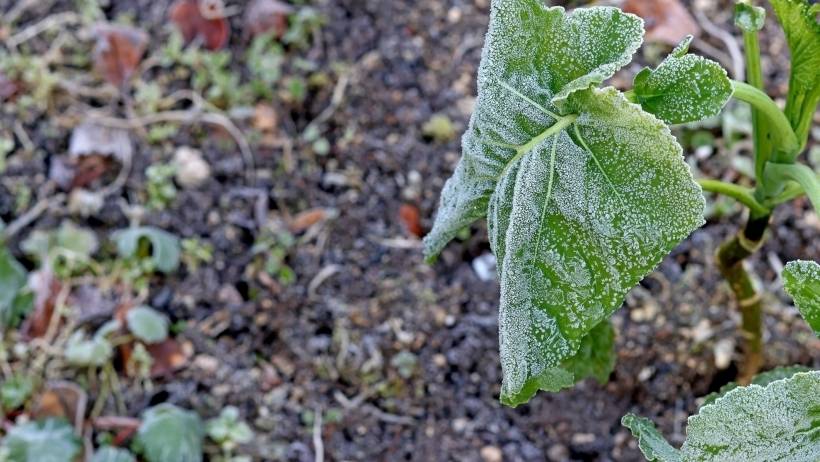 Frosty mornings challenge young plants. (Source: iStock)
Frosty mornings challenge young plants. (Source: iStock)
How do you know when it's the last frost?
Many online resources track frost dates, including the National Weather Service. However, weather patterns can be unpredictable, so it’s always best to monitor your local forecast closely.
Which plants are sensitive to frost?
Many tender plants and crops are susceptible to frost damage, including:
Fruits & Vegetables
Avocados
Citrus trees
Tomatoes
Pumpkins
Sweet potatoes
Cucumbers
Eggplants
Corn
Plants & Flowers
Fuchsia
Begonias
Impatiens
Geraniums
Succulents
Tropical plants
If you plan on growing any of these, be sure to check your local last frost date to avoid damage.
Which crops and plants can withstand frost?
The U.S. climate supports a variety of frost-hardy fruits, vegetables, and plants. These resilient varieties can extend your growing season and ensure a successful harvest even in colder months.
Fruits & Vegetables
-
Kale
Carrots
Broccoli
Peas
Brussels sprouts
Spinach
Garlic
Radishes
Plants
Pansies
Violas
Coneflowers
Sedum
Holly
Yew
Juniper
Winterberry
By choosing frost-tolerant plants, you can keep your garden thriving throughout the colder seasons.
Frost-tolerant doesn’t mean frost-proof. While some plants are better equipped to handle frost, prolonged freezing temperatures can still cause damage. Always check plants regularly and use frost protection methods where needed.
How can I protect my plants from frost?
Home gardeners can protect their plants from frost in several ways:
Mulching: Organic mulch like straw or bark helps insulate the soil and retain warmth, protecting roots from frost.
Frost covers or mini-greenhouses: Use horticultural fleece, cloches, or even old bedsheets as protective covers. Remove them during the day to allow airflow.
Watering plants in the morning: Moist soil retains heat better, so watering before a frost can help keep roots warm.
Using plastic bottles or containers: Covering small plants with plastic bottles can create a mini greenhouse effect, trapping warmth and shielding delicate leaves.
Ensure a thriving garden
There are many different things to be aware of to ensure your garden thrives; it’s one of the reasons why we have the gardening hub, a place for helpful resources to help you have the greenest of thumbs.
Need an extra hand? Plenty of Airtasker gardening experts can offer their services. From general yard work to other outdoor areas that need attention like pool maintenance, there is always a Tasker ready and willing to help.
Learn more about our contributors

Written by Chin S.
Staff Writer
Chin is a passionate hobbyist writer with a love for gardening, home improvement and beauty. She enjoys nurturing her small indoor plant collection, redecorating her space and exploring all things beauty. Through her writing, she shares her journey and tips for fellow enthusiasts.

Reviewed by Brad C.
Garden Maintenance Expert
Brad is the owner of Garden Pal, a trusted local business dedicated to year-round garden care for busy households. With expertise in lawn mowing, lawn care, hedge trimming, planting, and garden maintenance, he helps clients keep their outdoor spaces thriving in every season. Operating in Canberra’s extreme climate, Brad understands the unique challenges of keeping gardens thriving year-round, from scorching summers to frosty winters.
The Reviewer Badge is awarded to individuals who are experts in their respective fields and evaluate the content to ensure its accuracy and relevance to the task at hand.
FAQs on first and last frost dates
Some hardy plants can go in the ground right after, but for tender crops like tomatoes, it's best to wait at least two weeks after the last frost.
If frost damages your plants, remove affected leaves, water them in the morning, and cover them at night to help them recover.
Signs of frost damage include wilting, blackened or mushy leaves, and brittle stems. In some cases, plants may recover if only the leaves are affected. Trimming off damaged parts and keeping plants protected from further frost exposure can help them bounce back.
Find garden planters, fast
Find a garden planter
Related articles

How to build garden steps
Read more
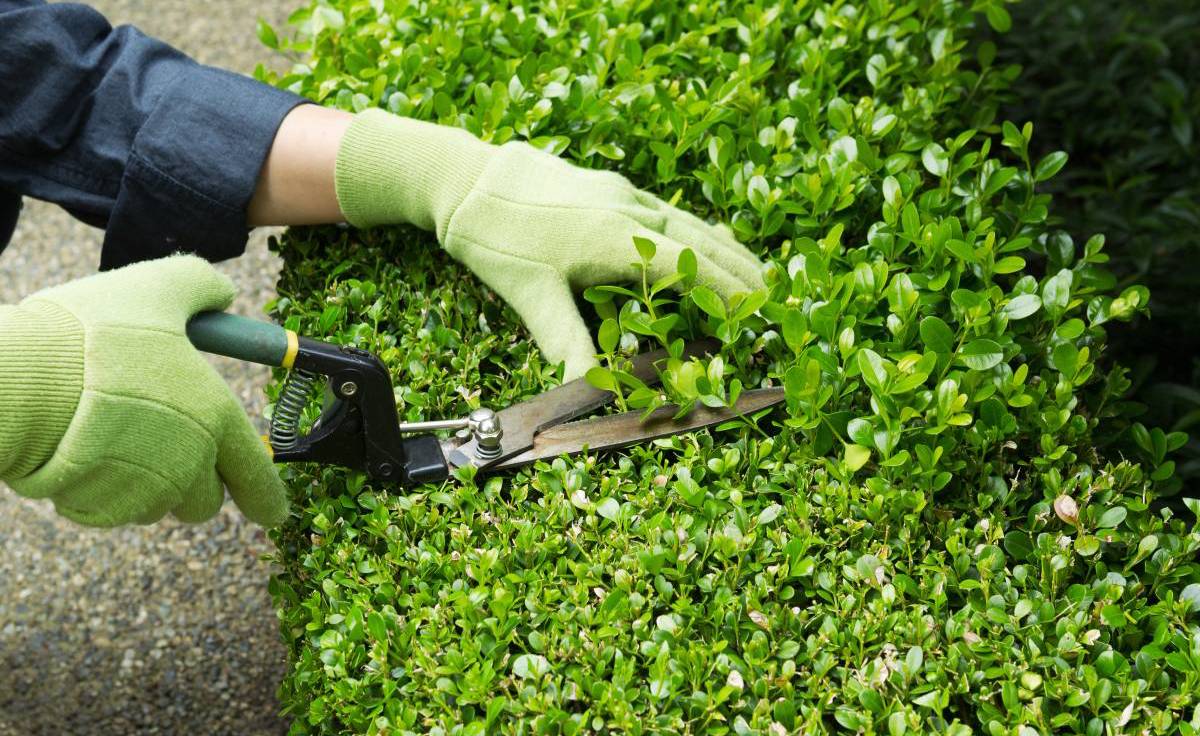
How to trim bushes the right way
Read more

25 ways to make money gardening
Read more

13 best spring gardening tips
Read more
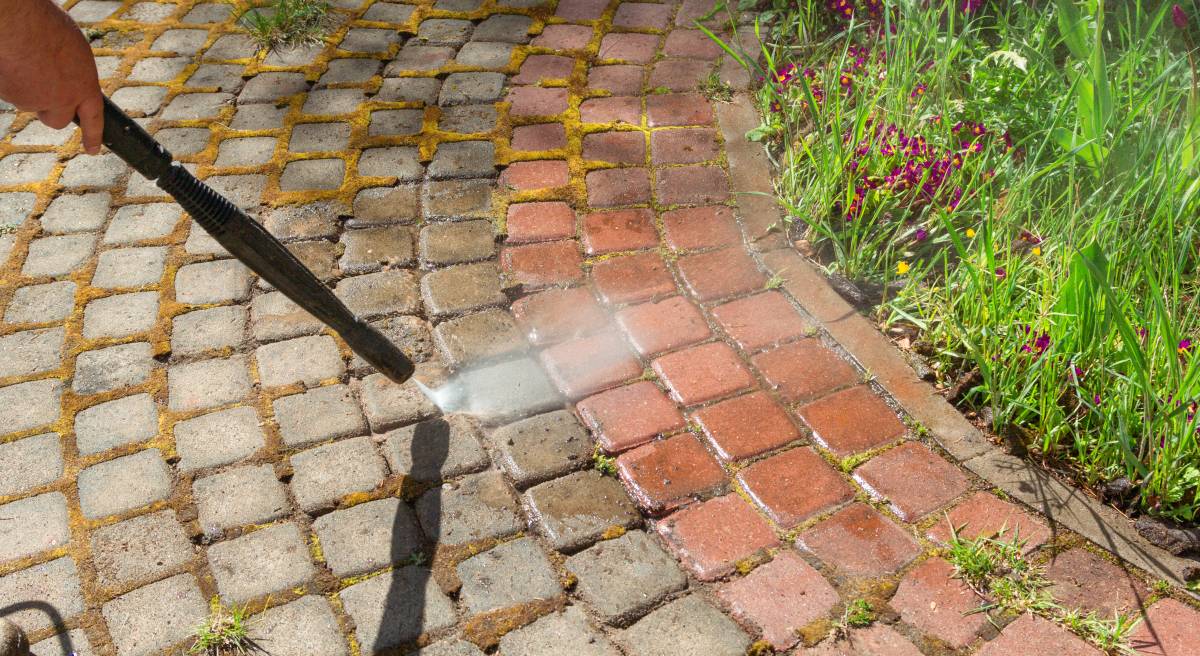
How to clean landscape rocks
Read more
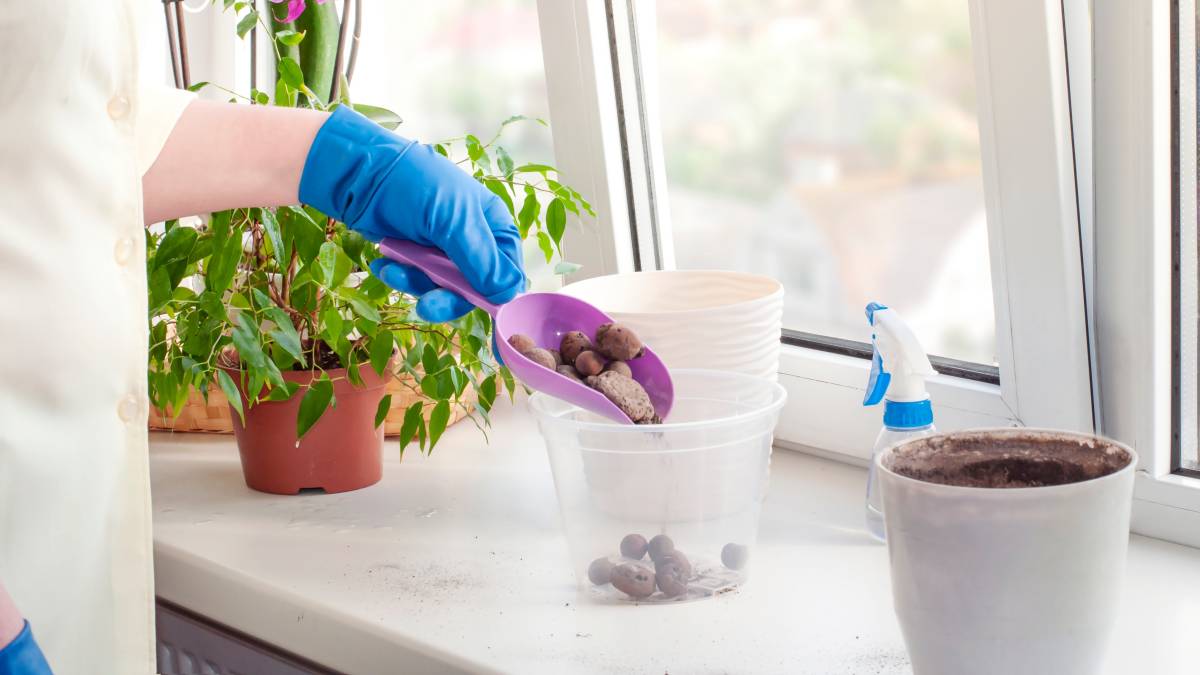
36 Quirky plant pot ideas you’ll love
Read more
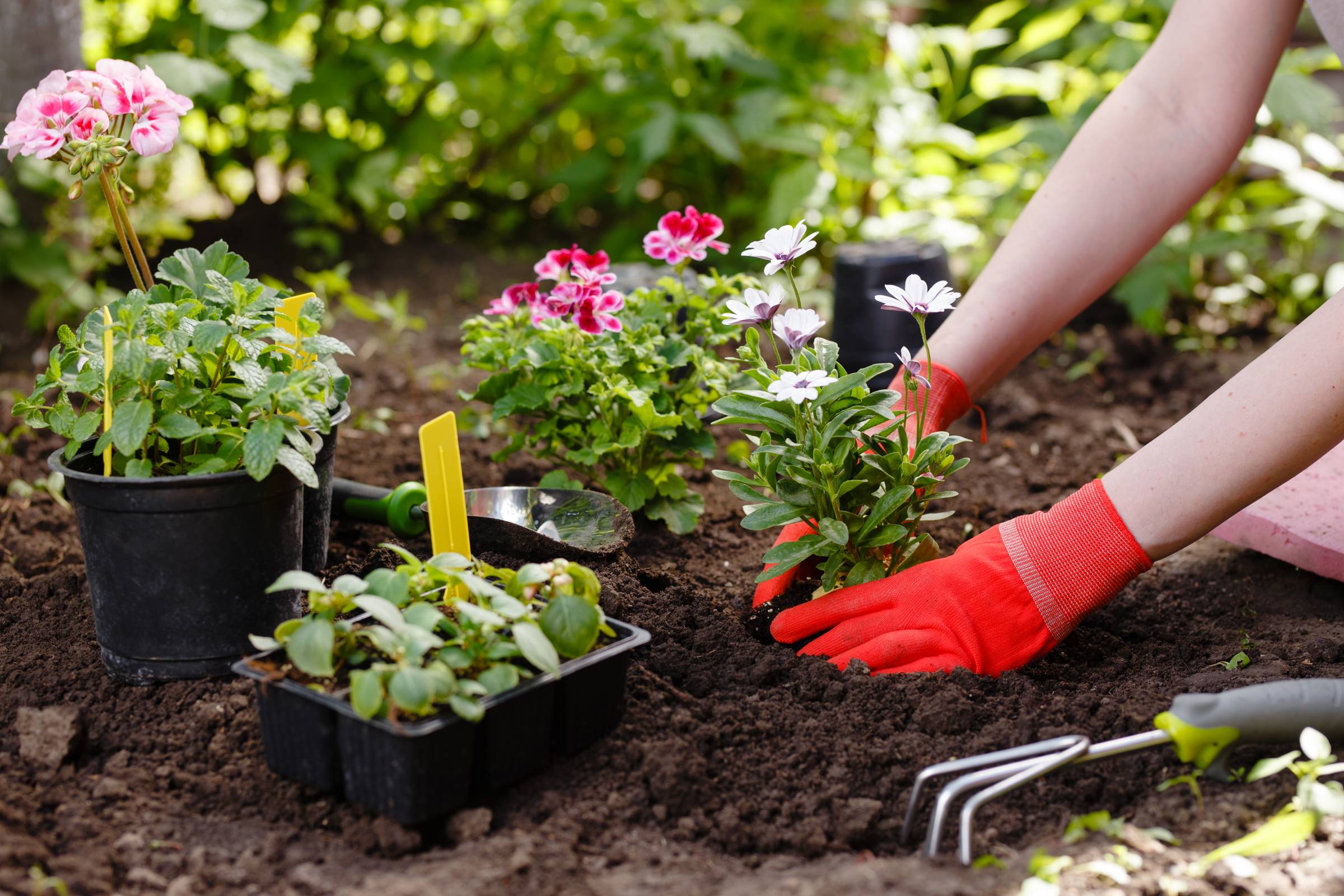
Your garden maintenance checklist
Read more
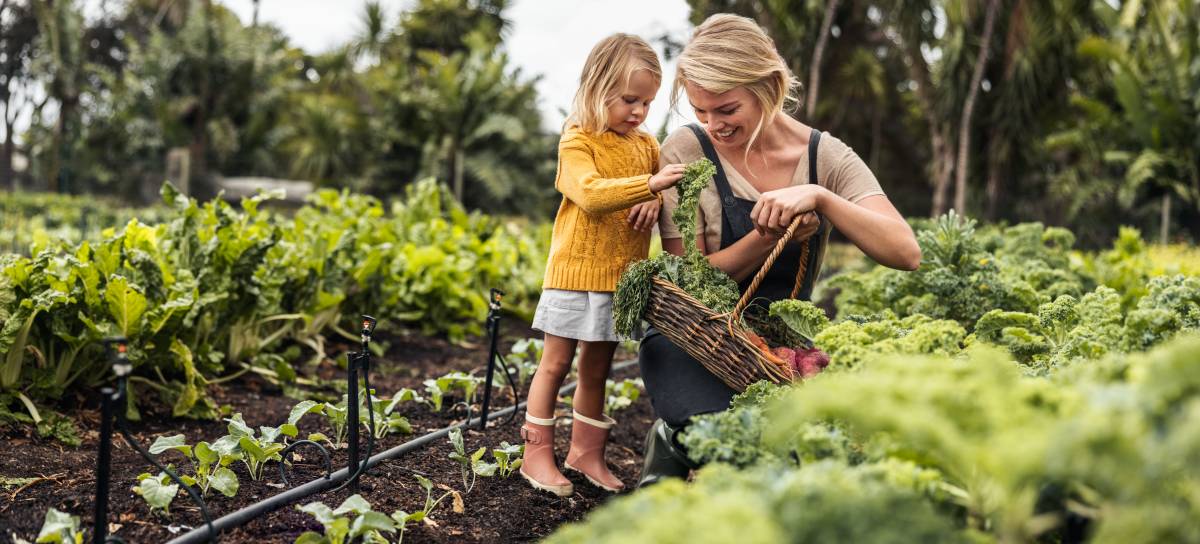
How to Start a Vegetable Garden
Read more
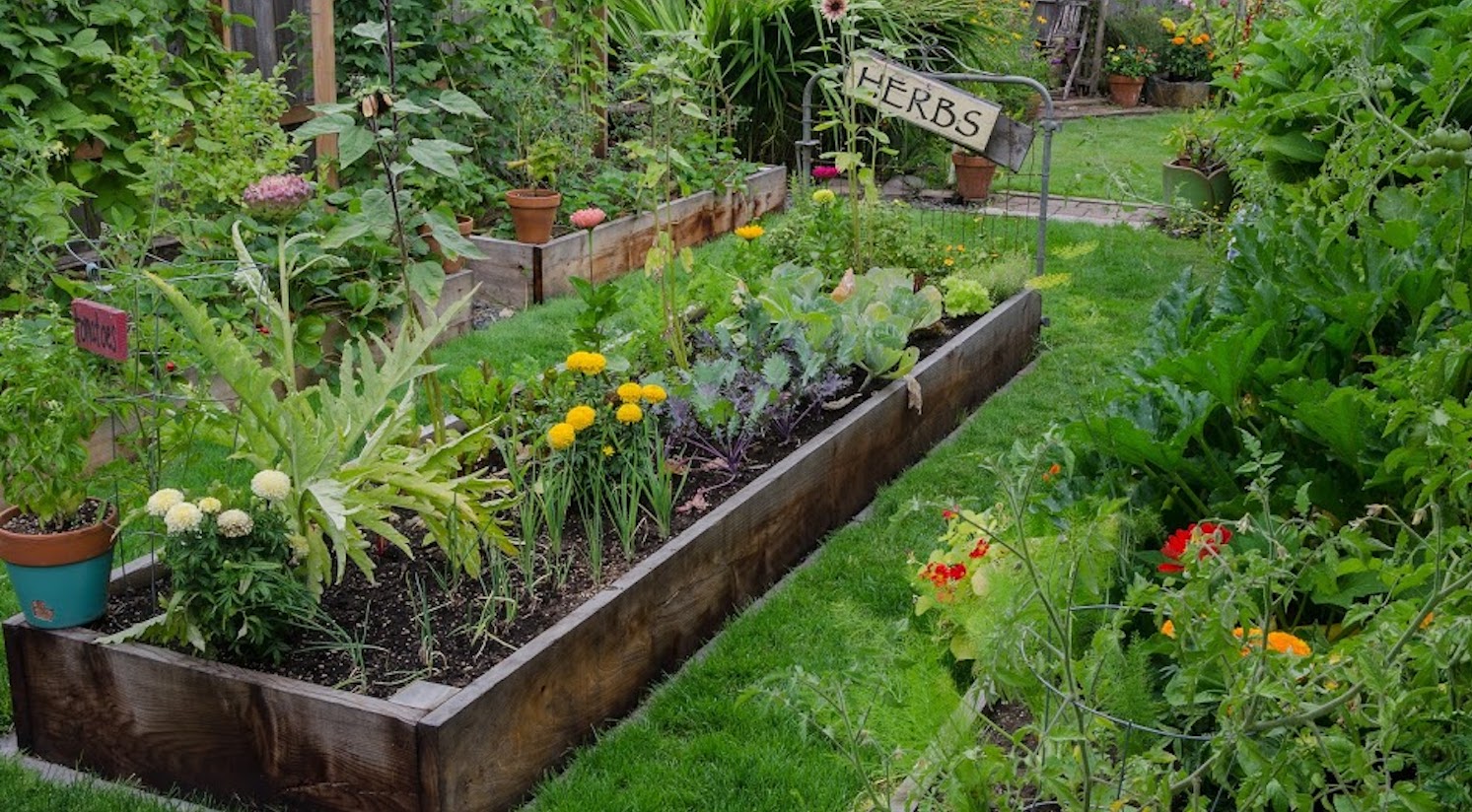
How to build a raised garden bed
Read more
Related price guides
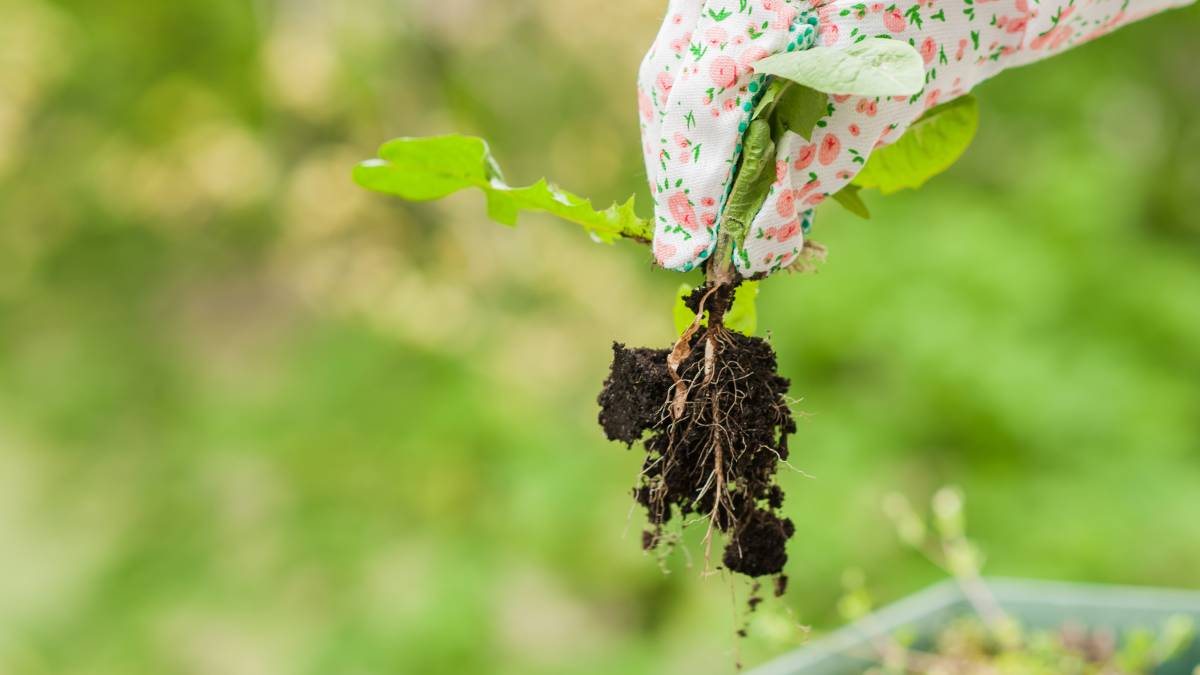
How much does weeding cost?
Read more
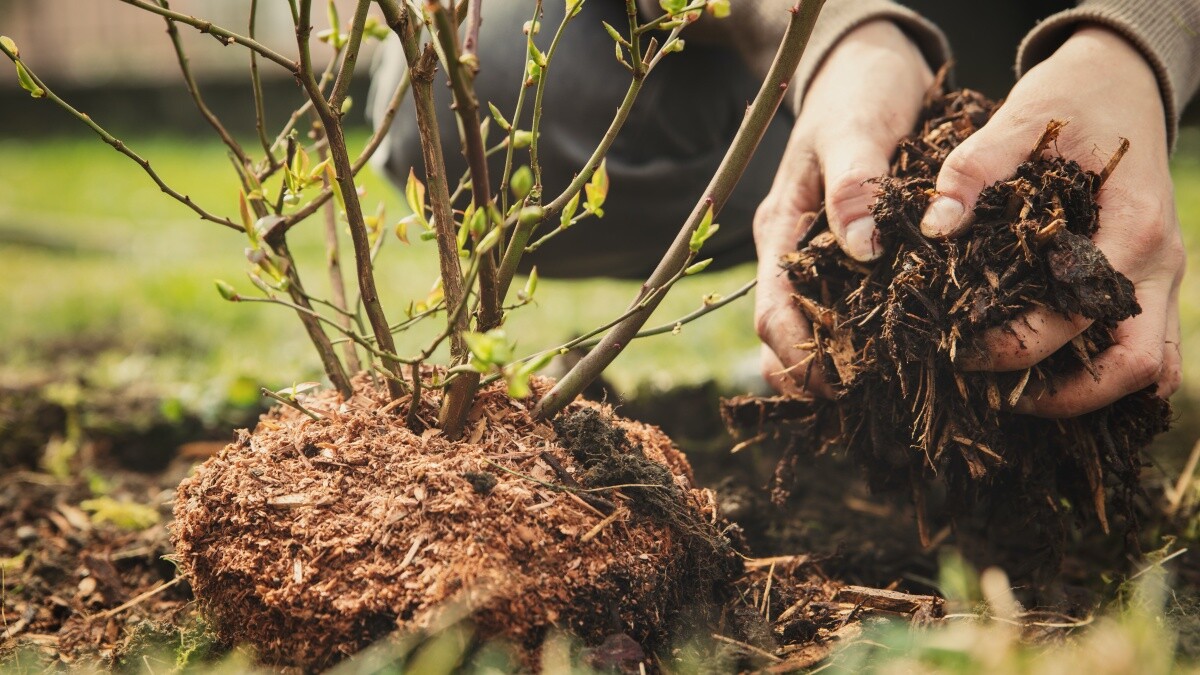
How much does mulch cost?
Read more
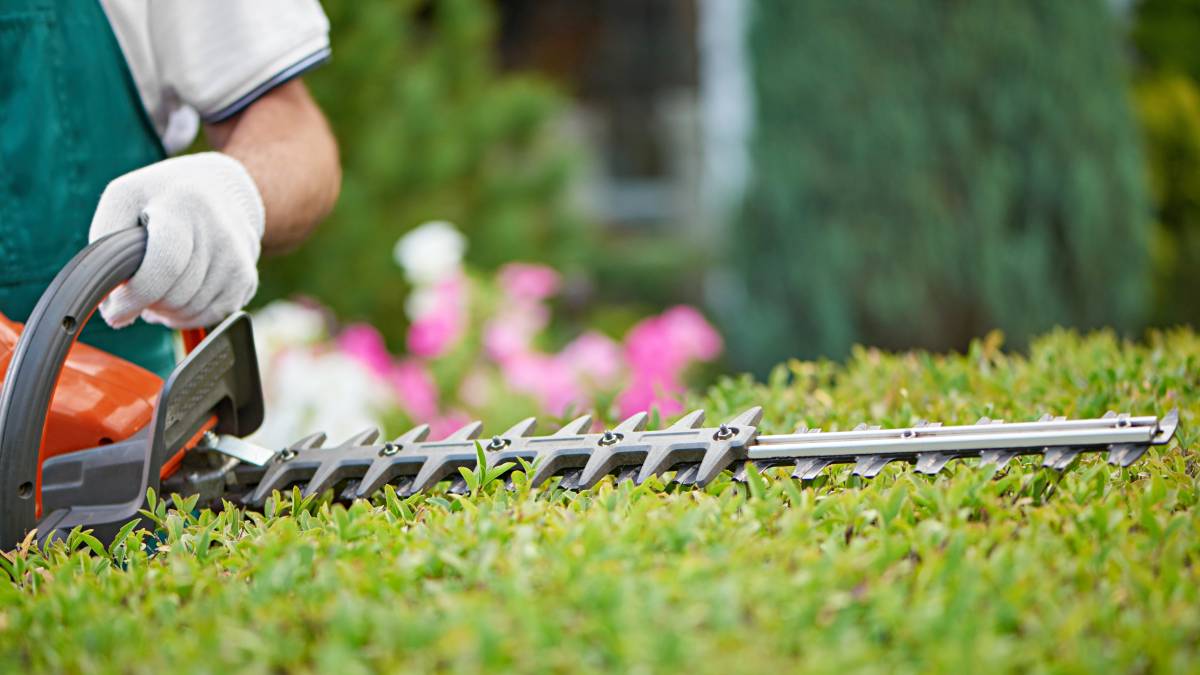
How much does hedge removal cost?
Read more

How much does a garden room cost?
Read more
